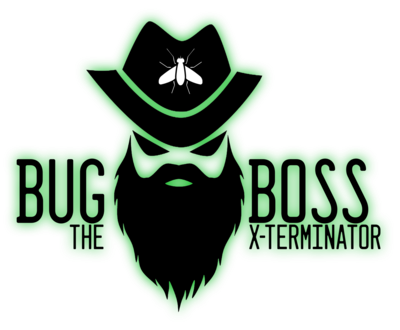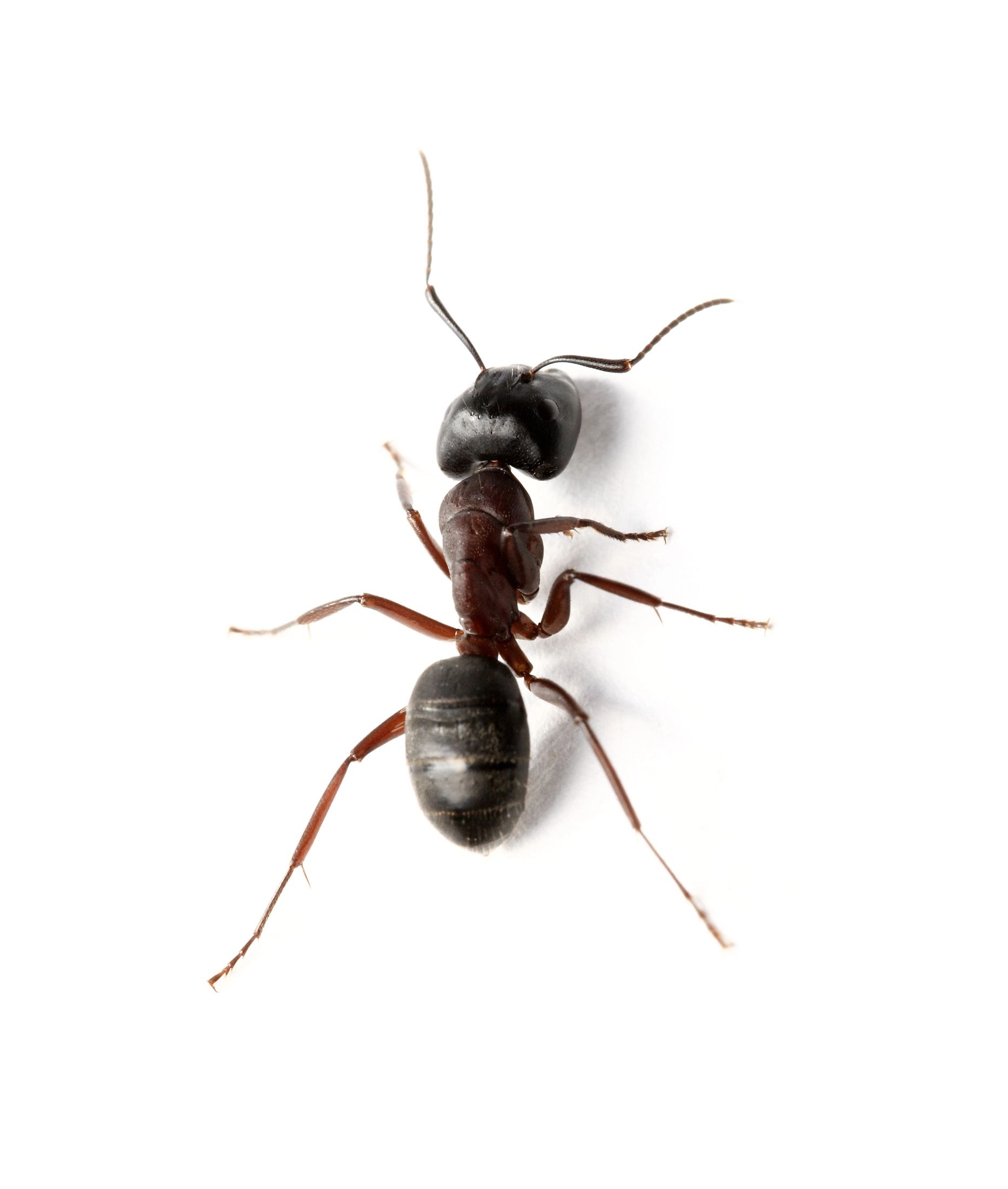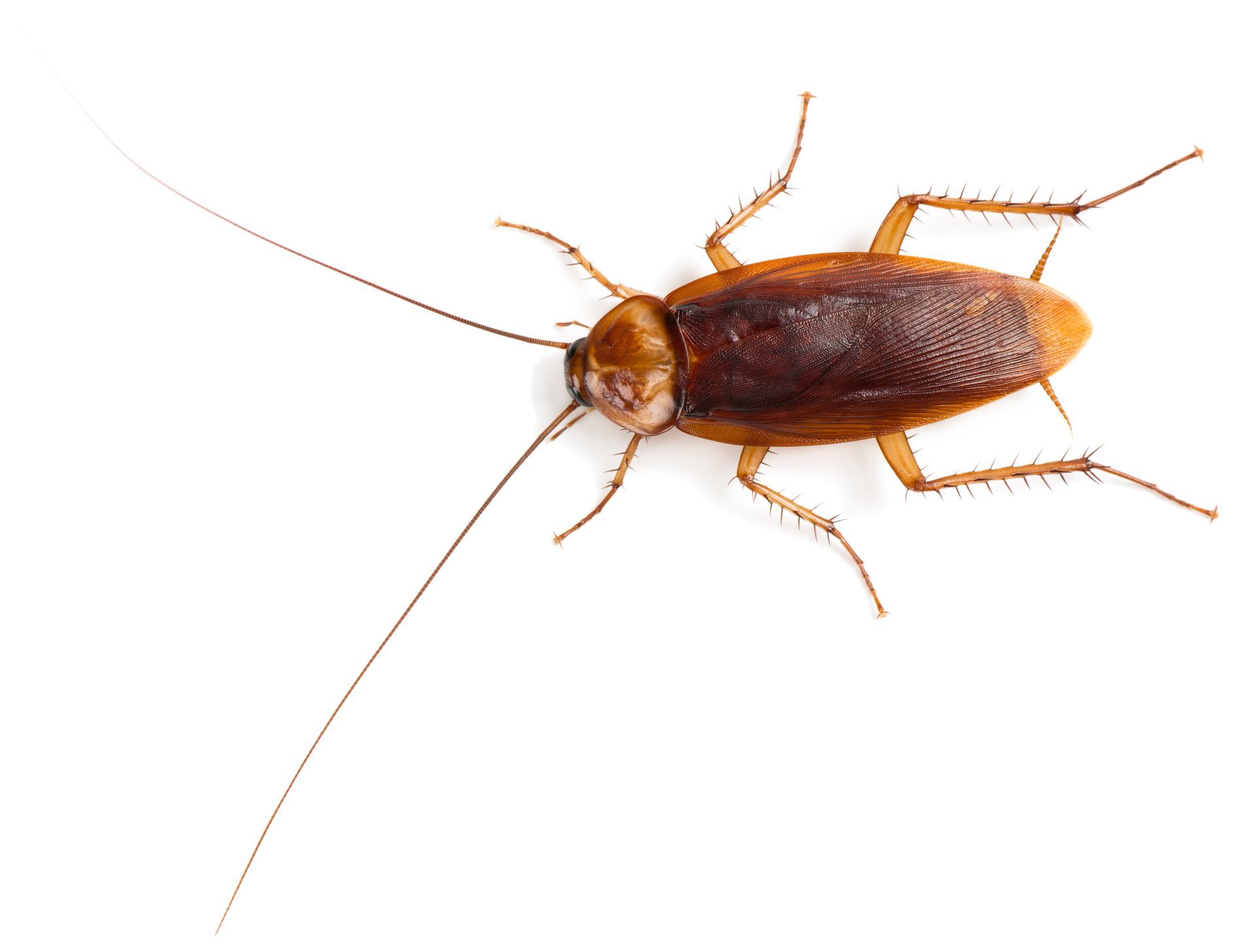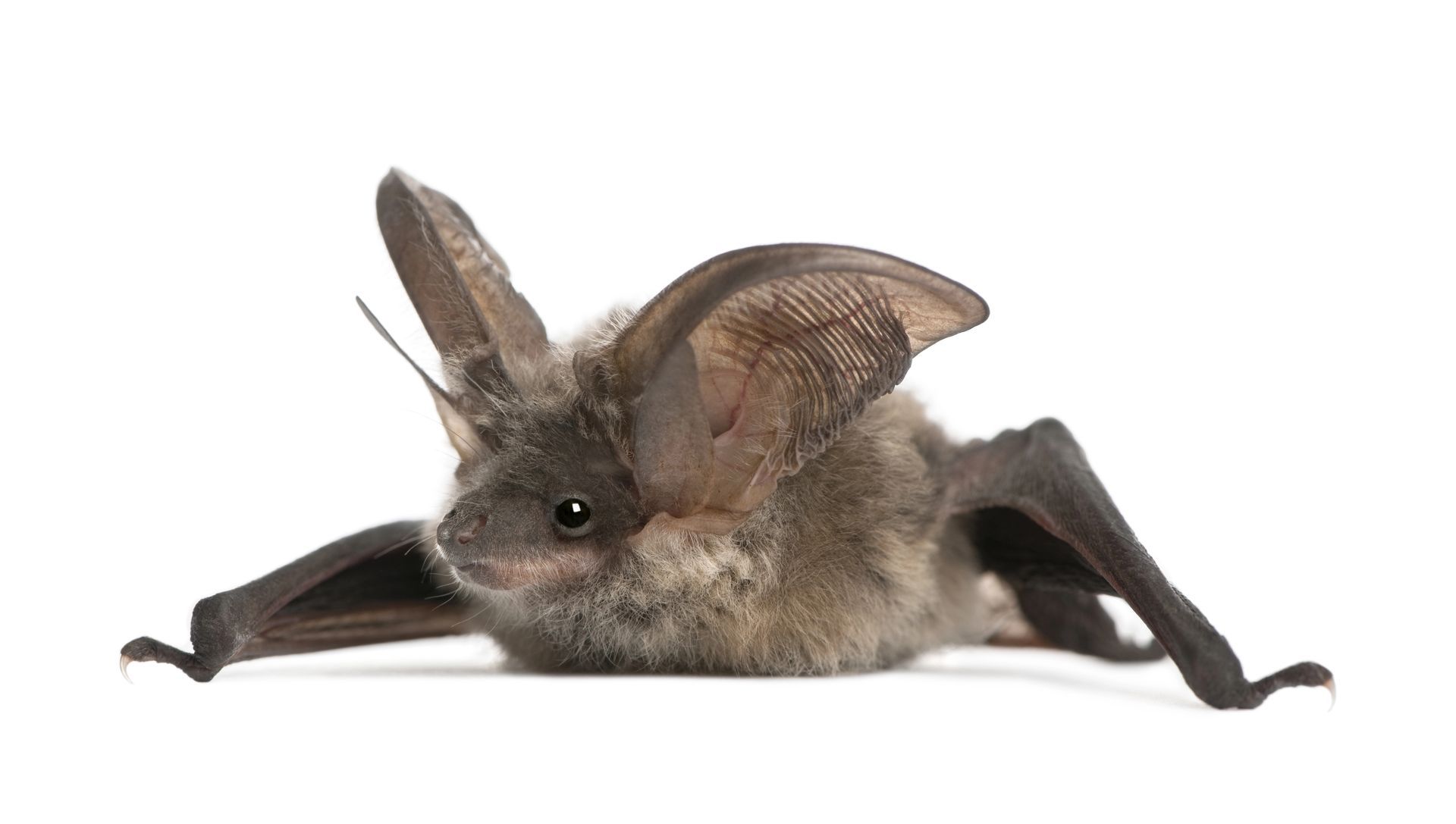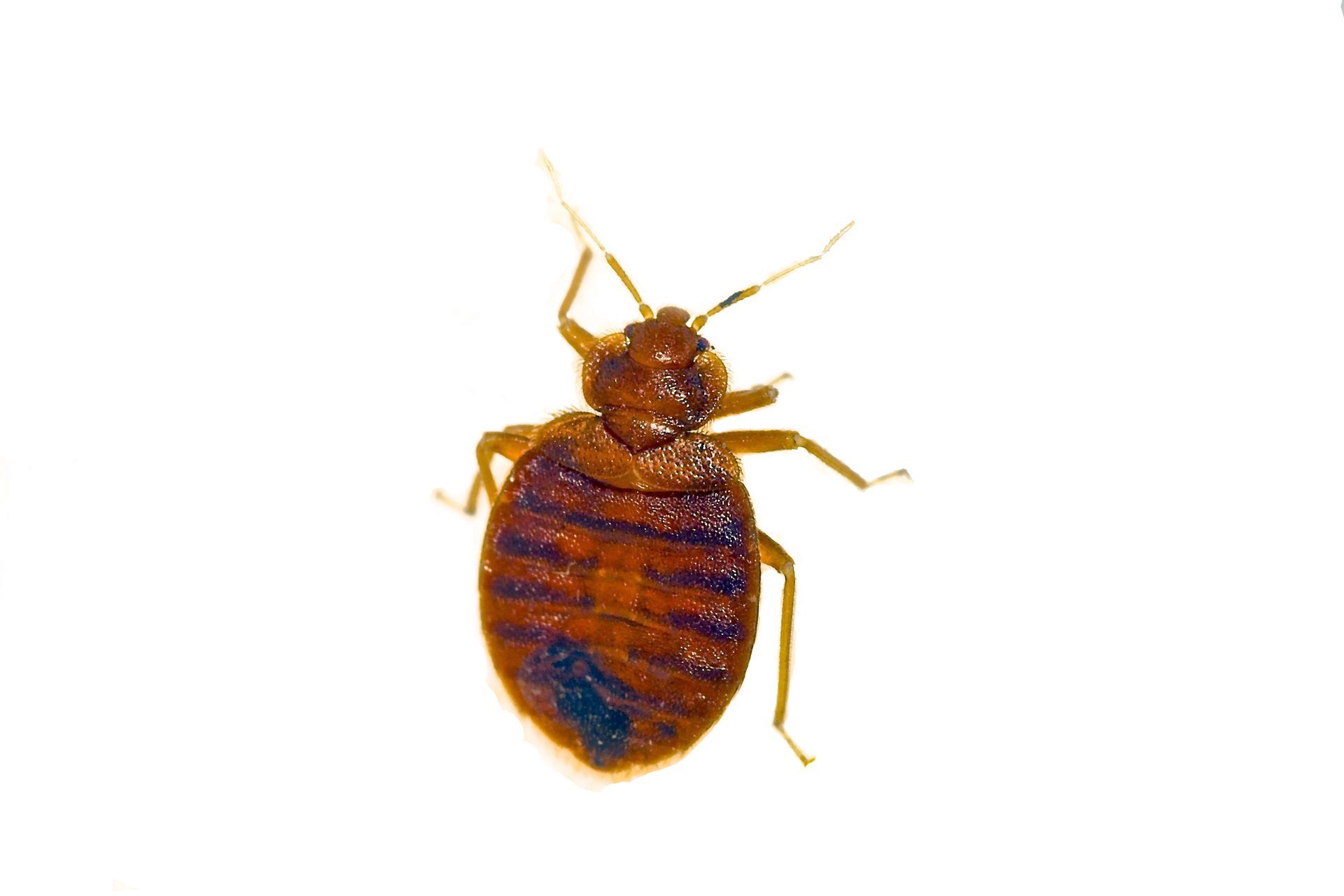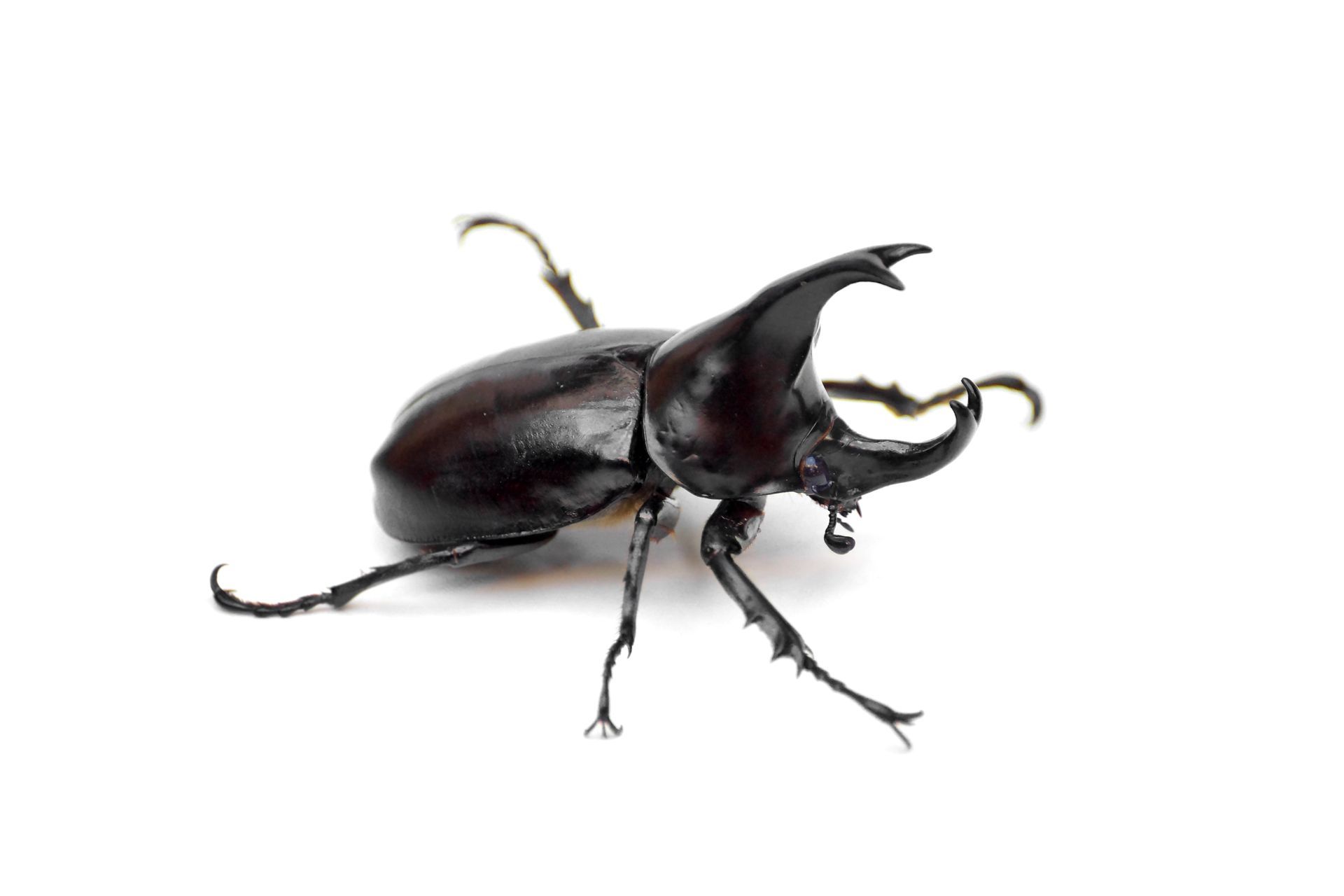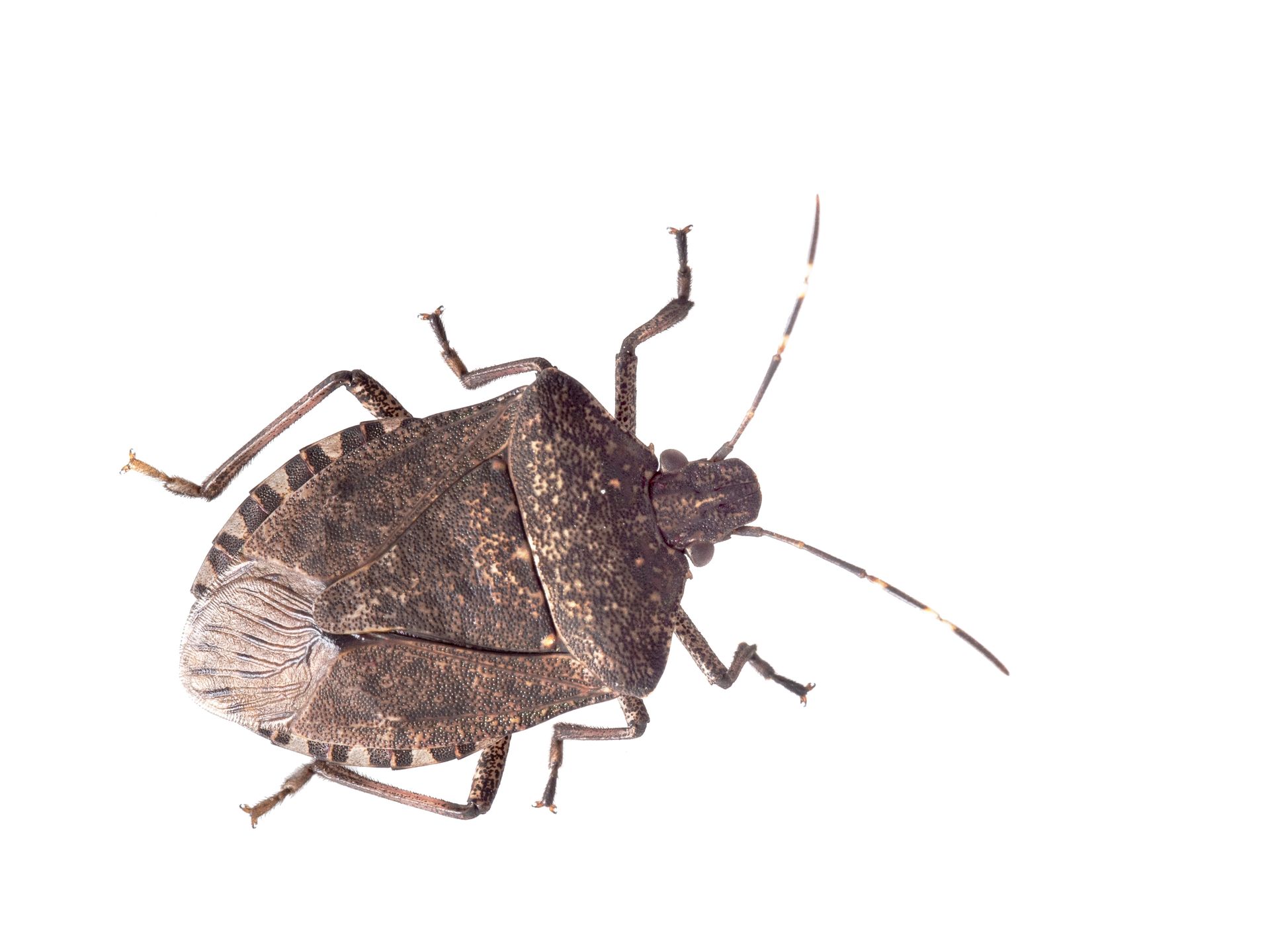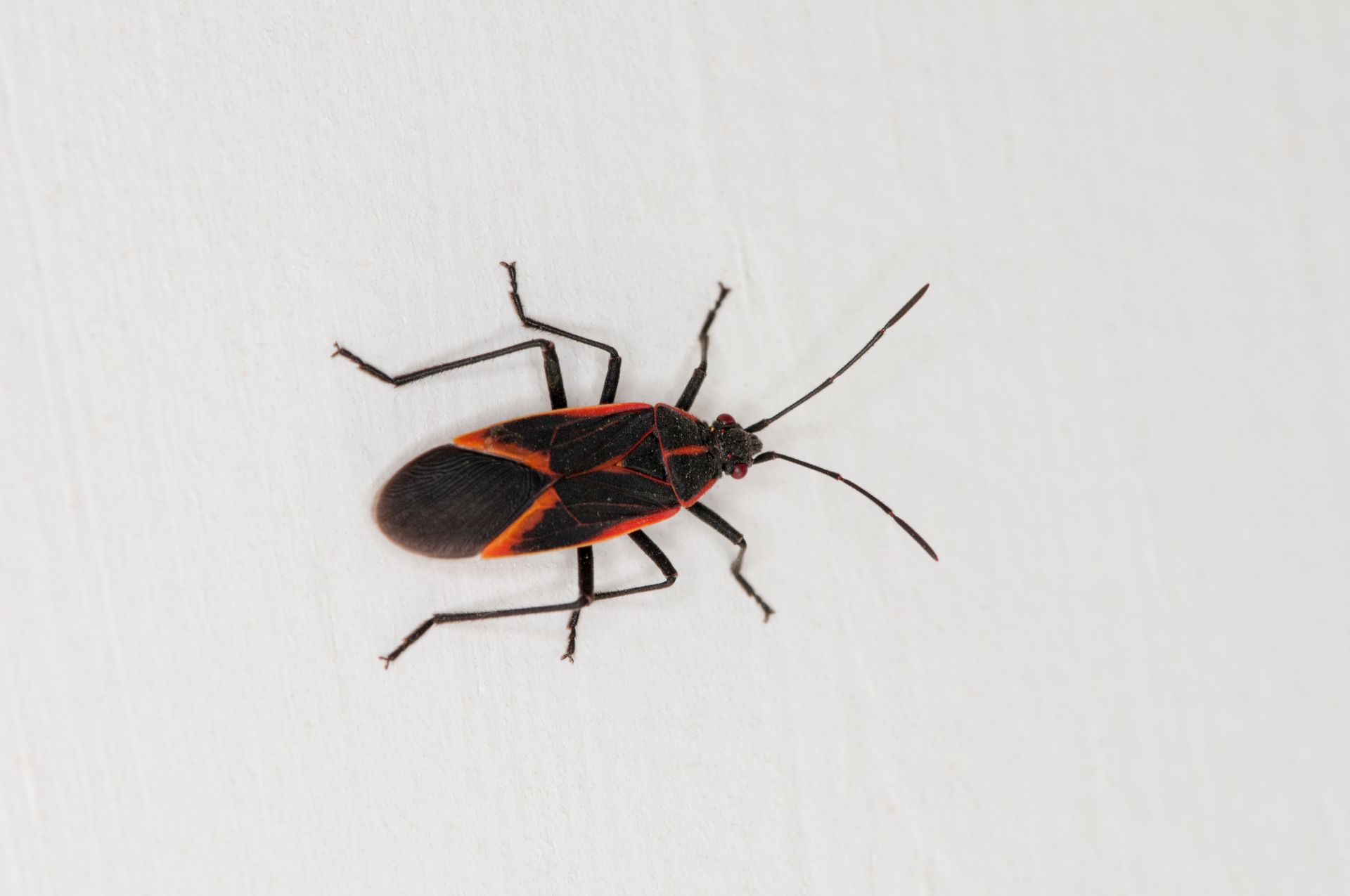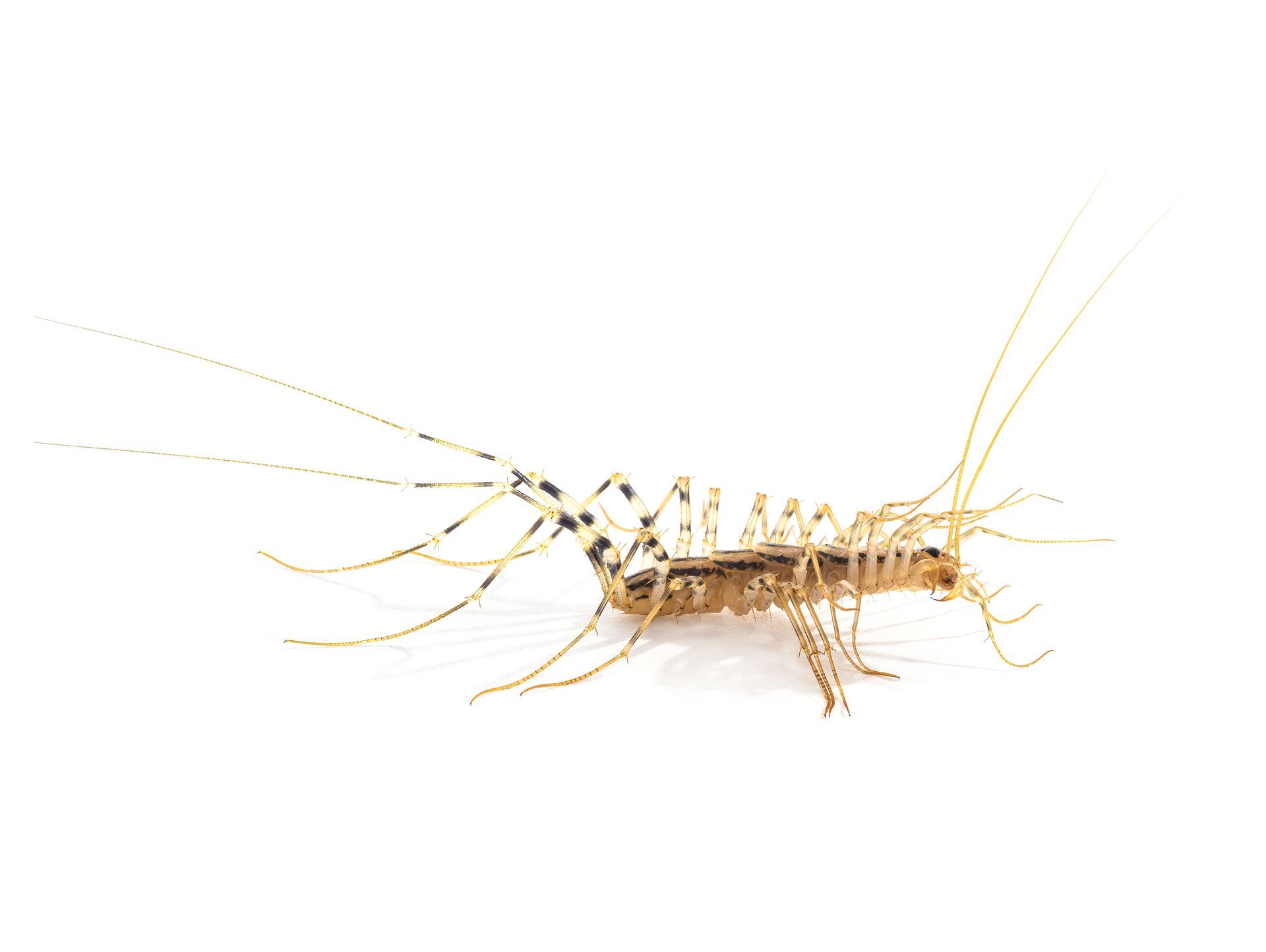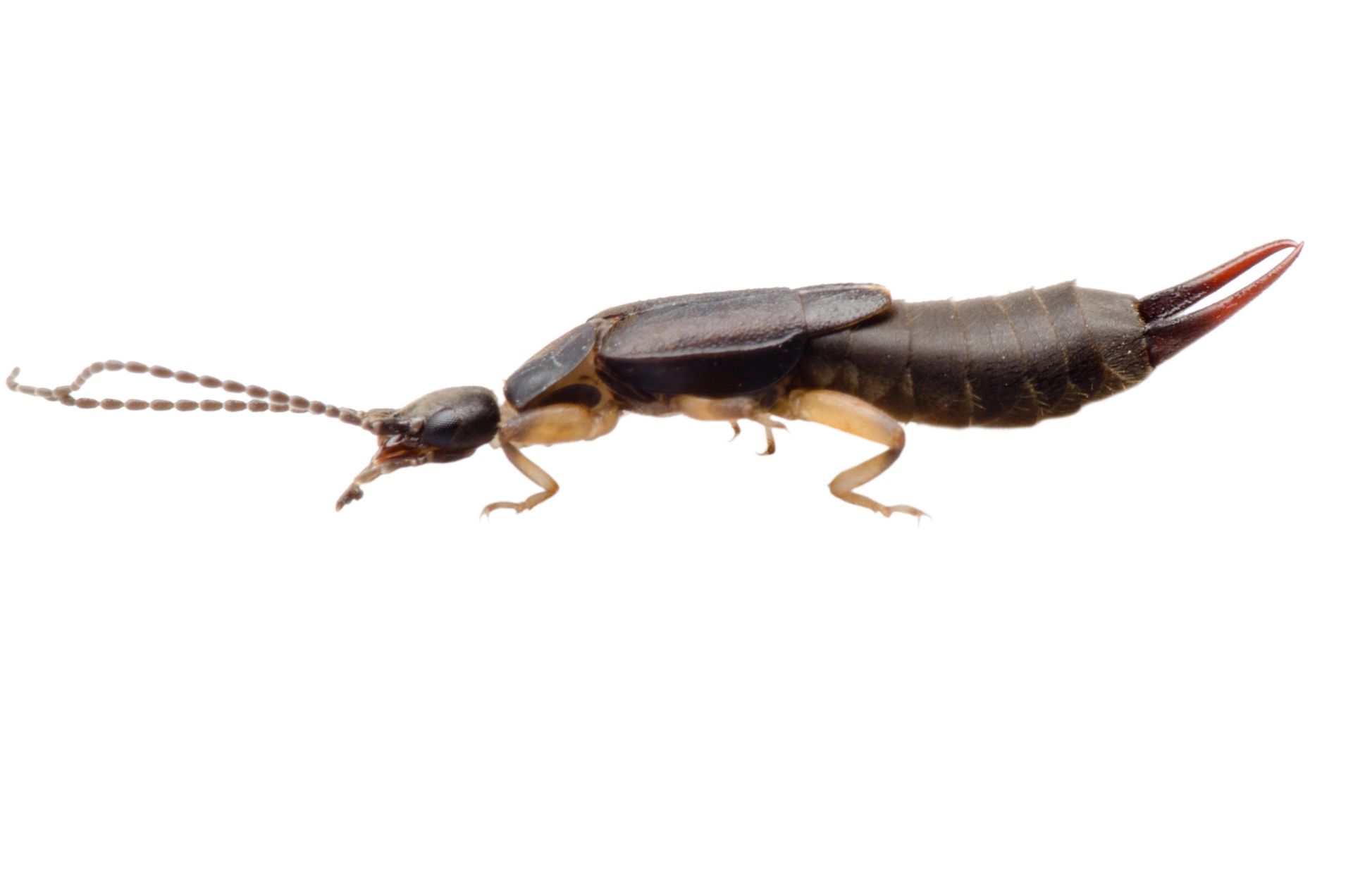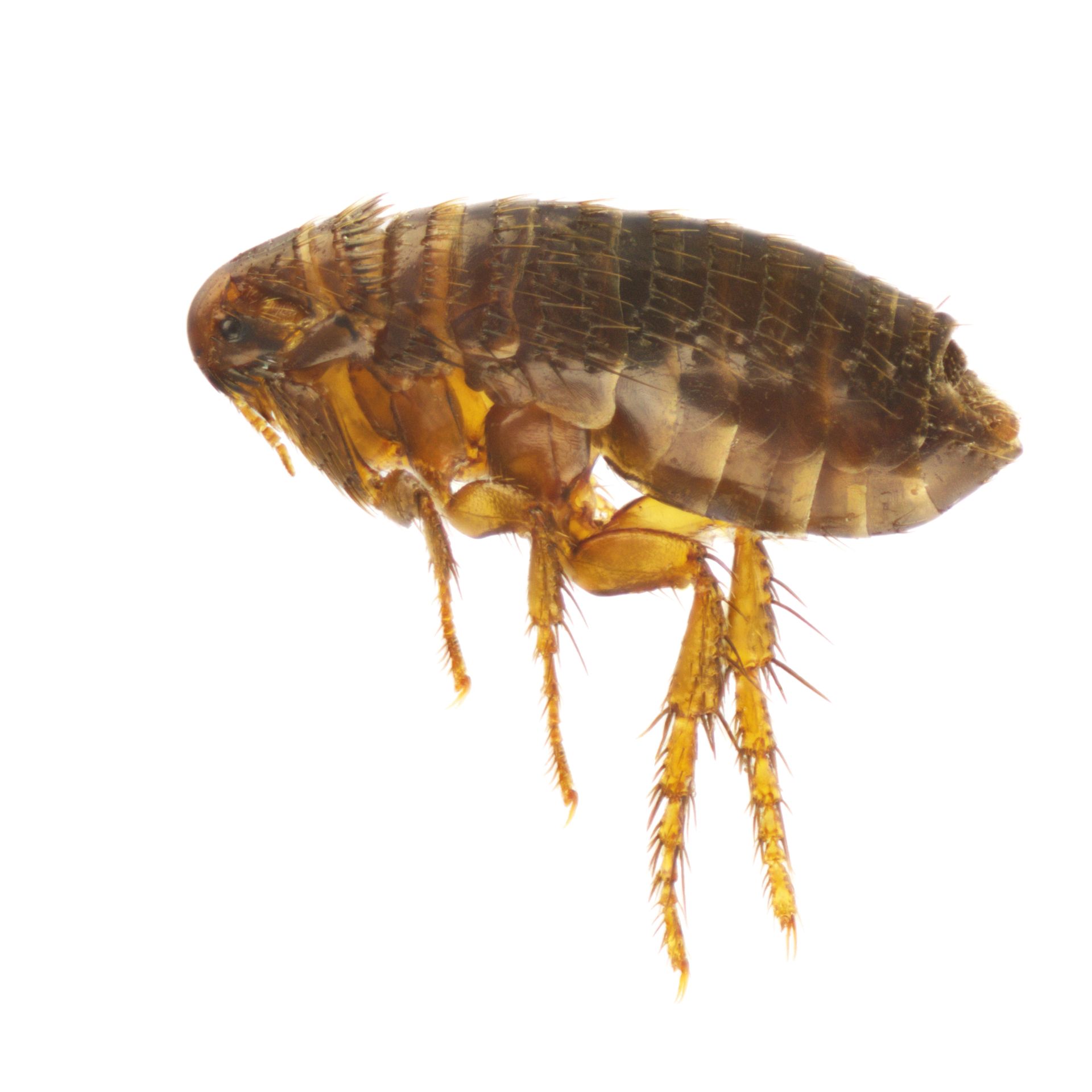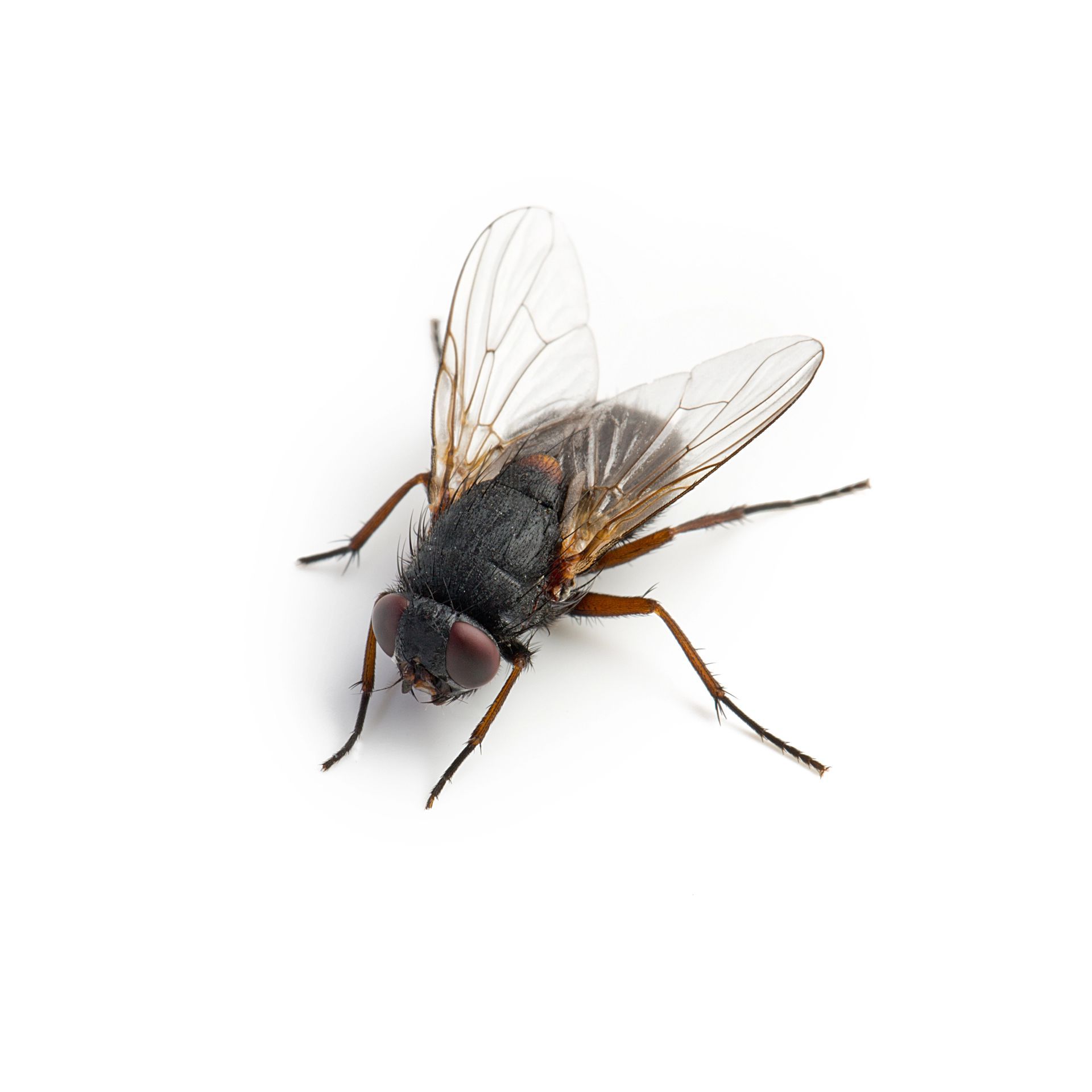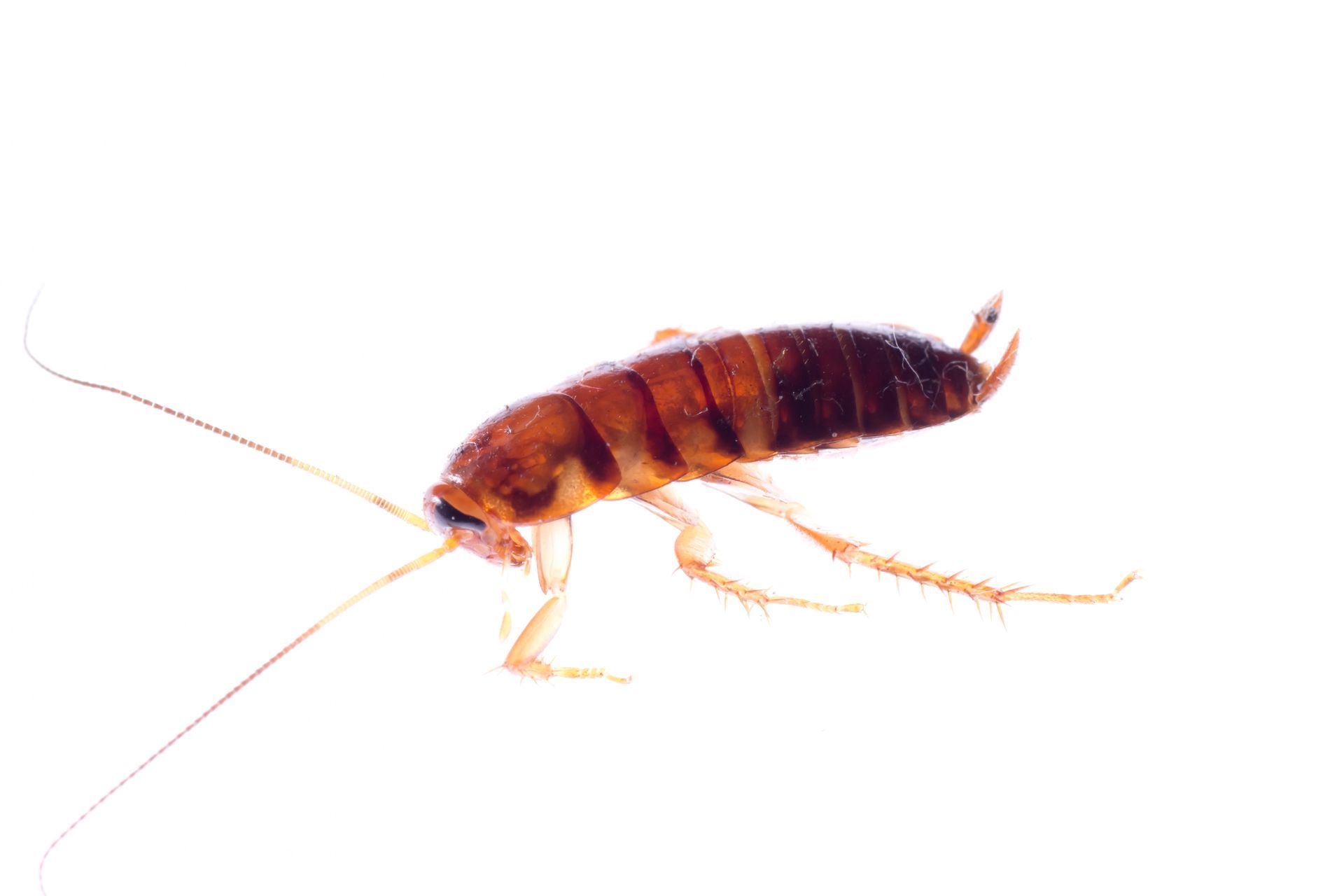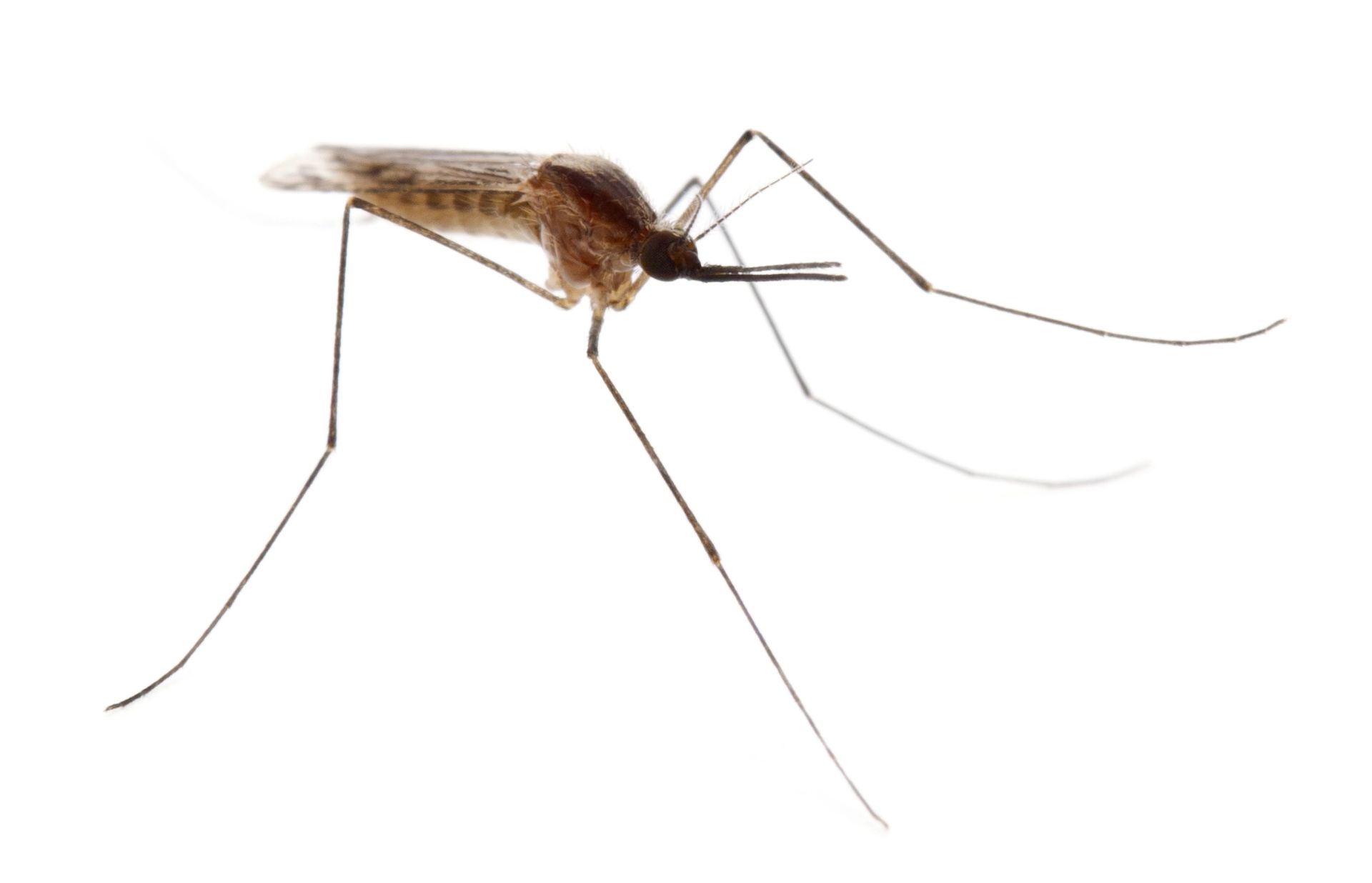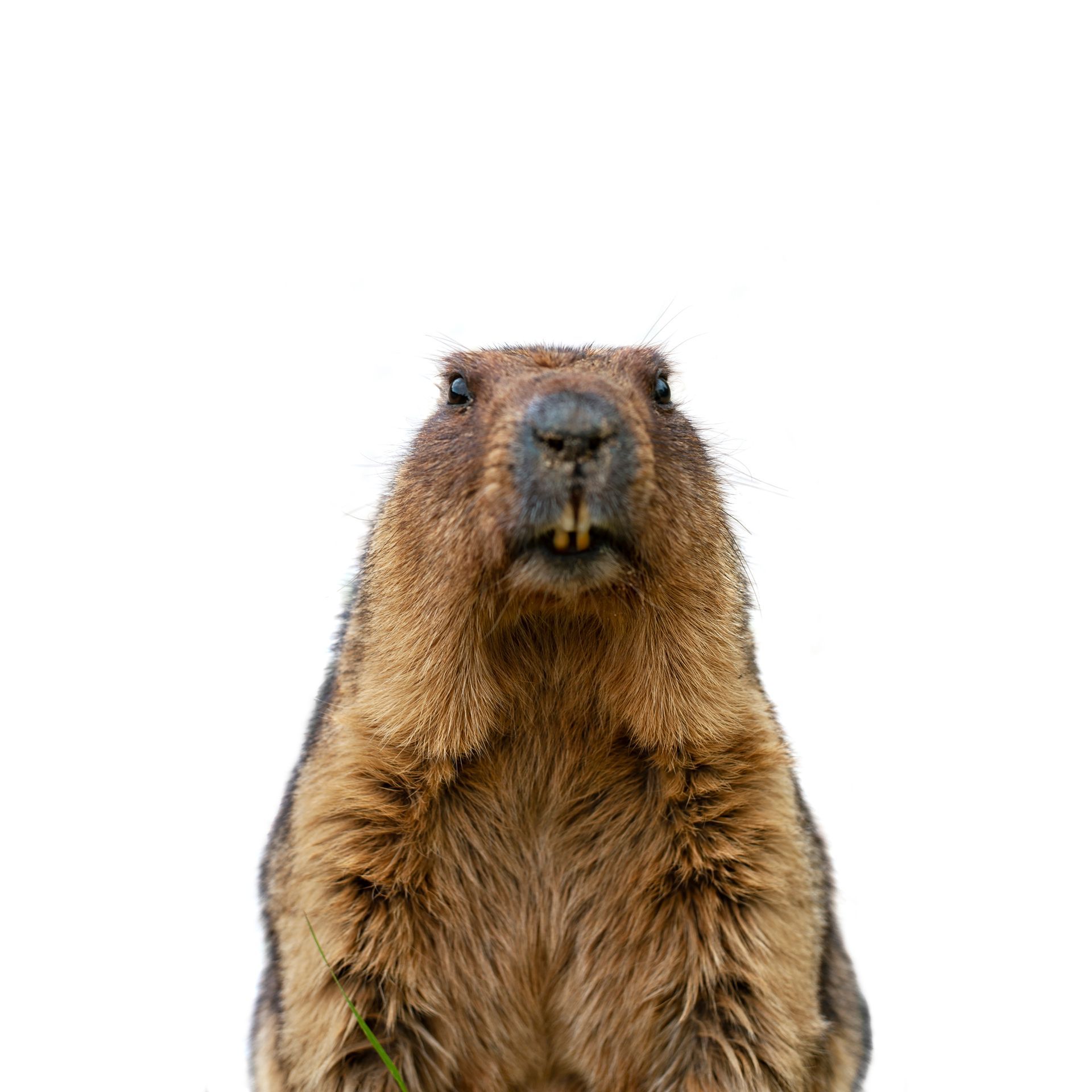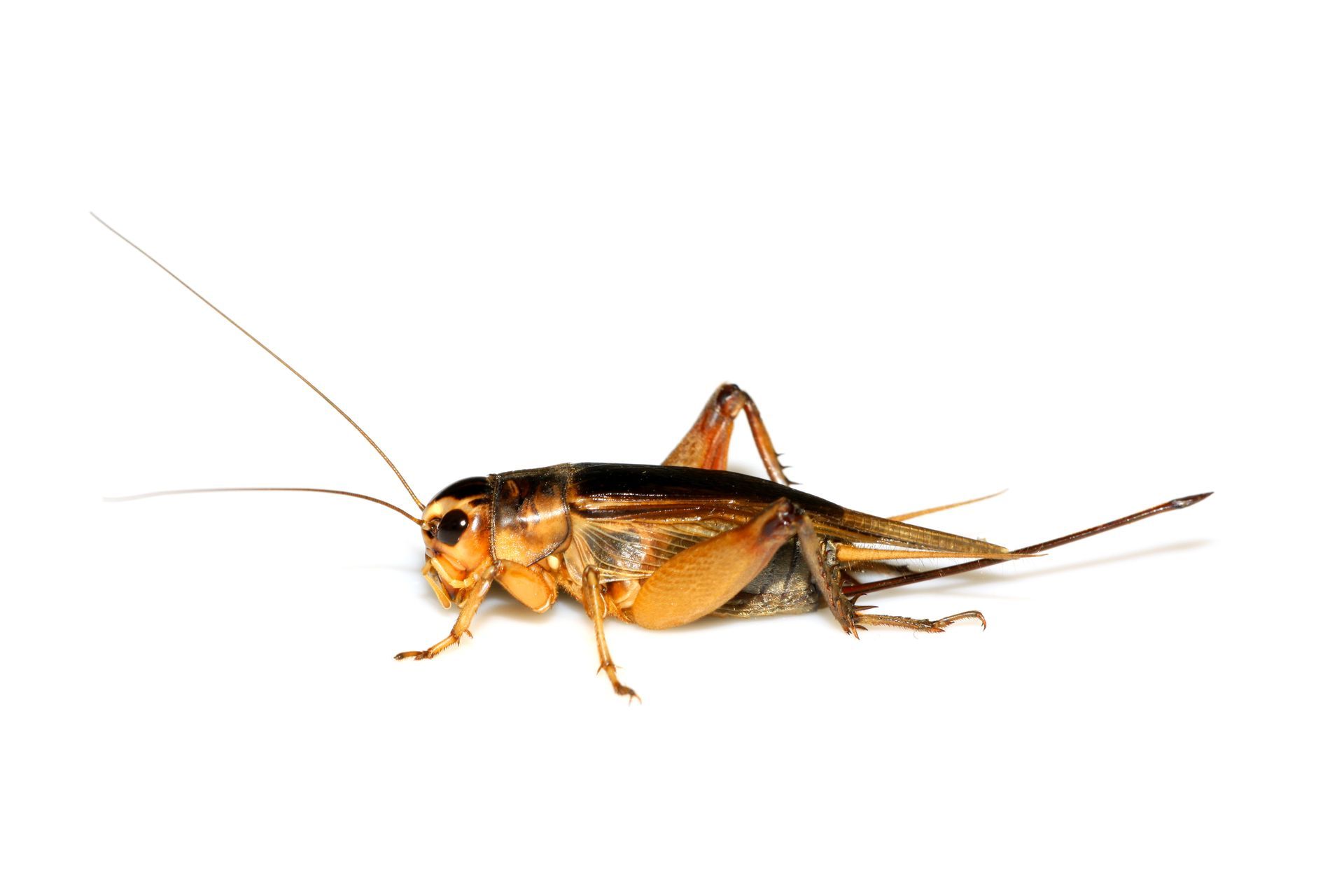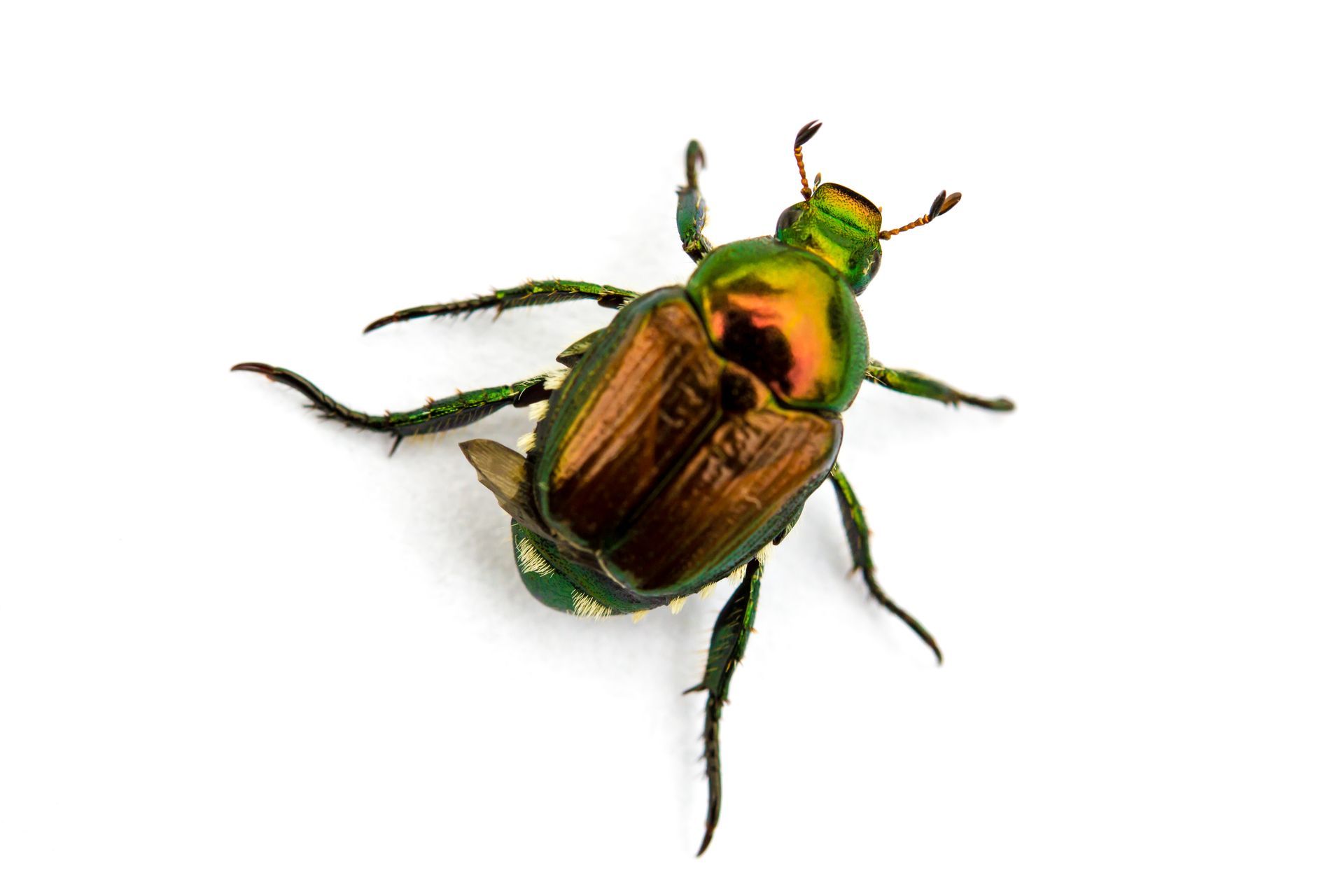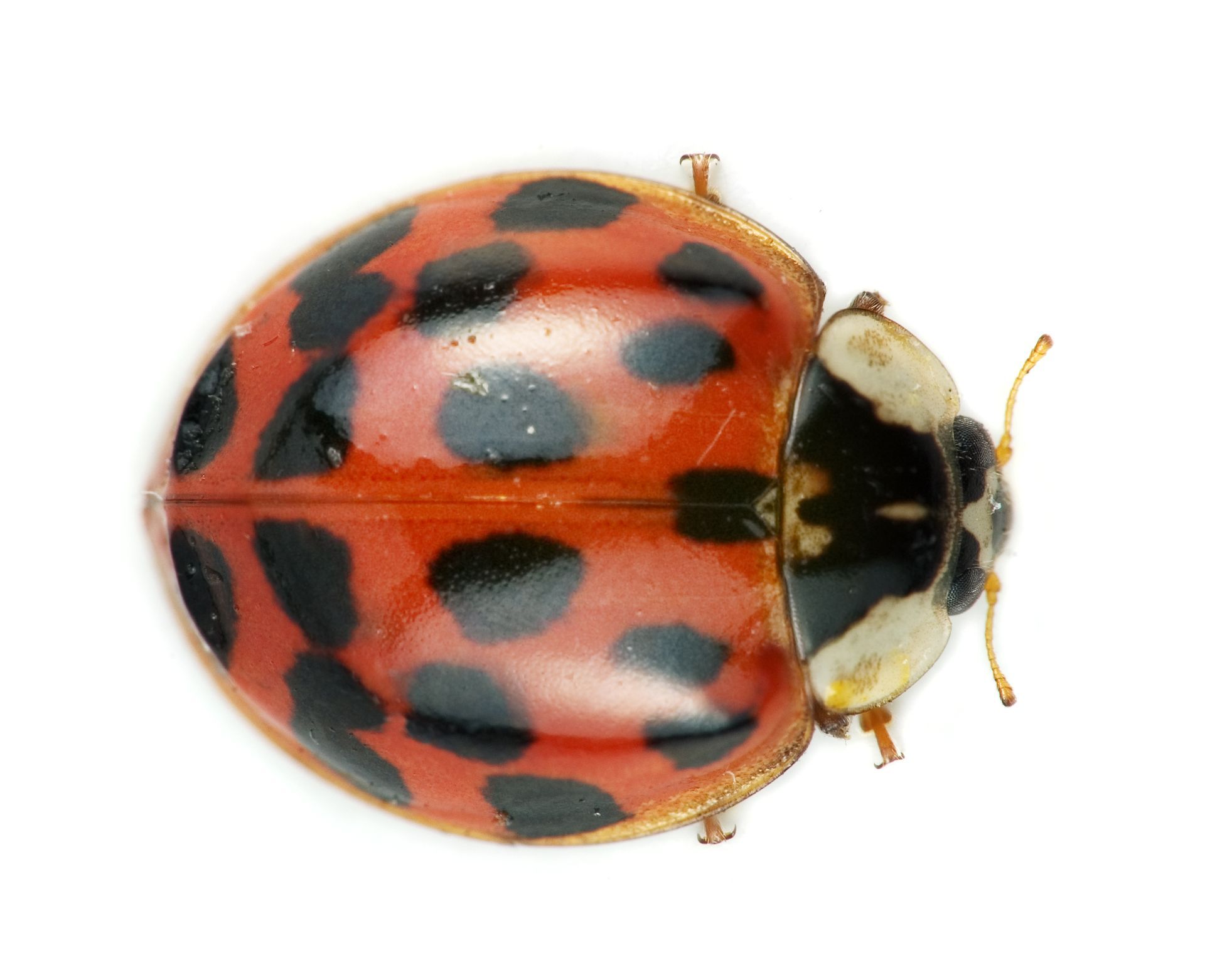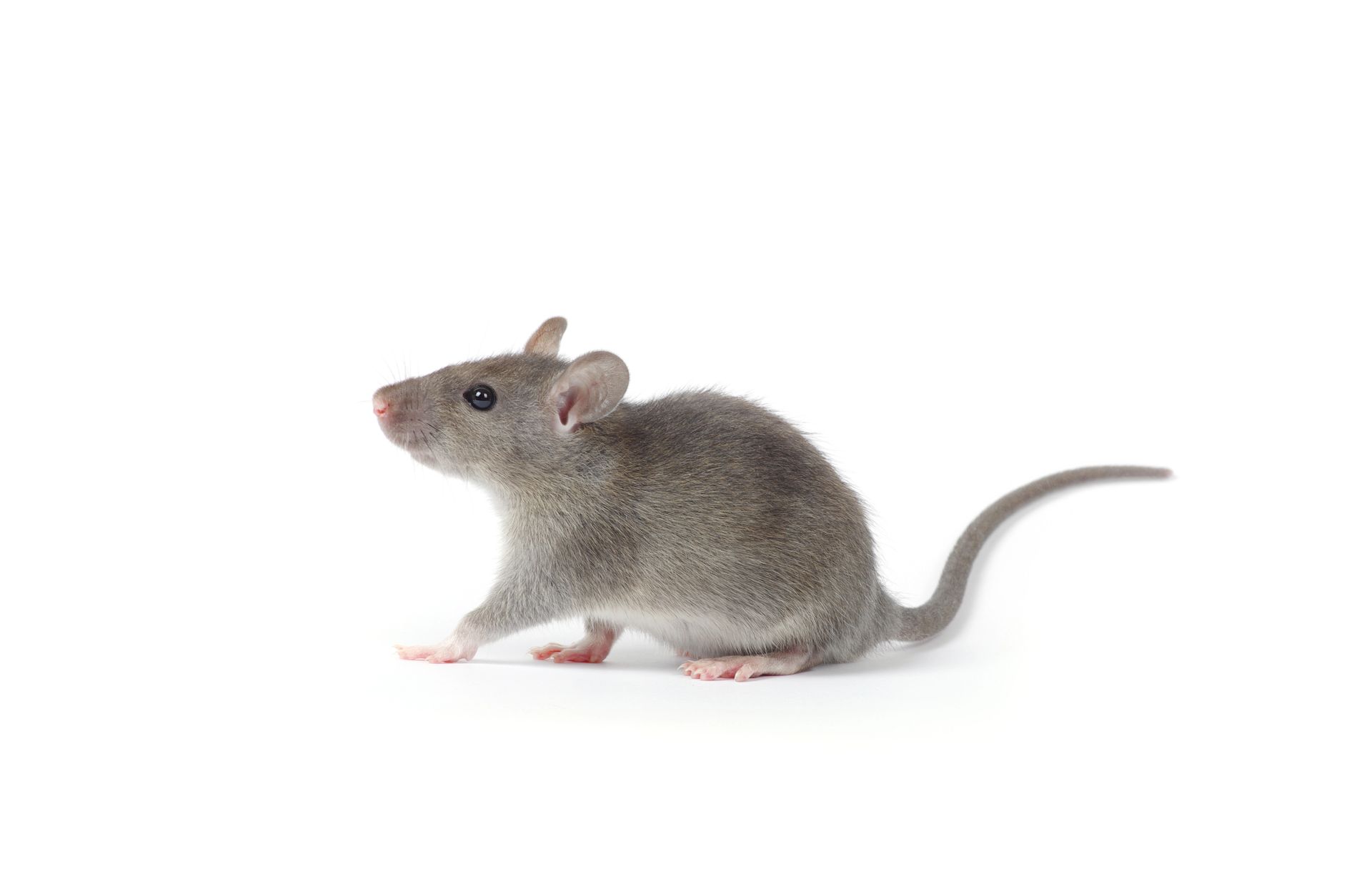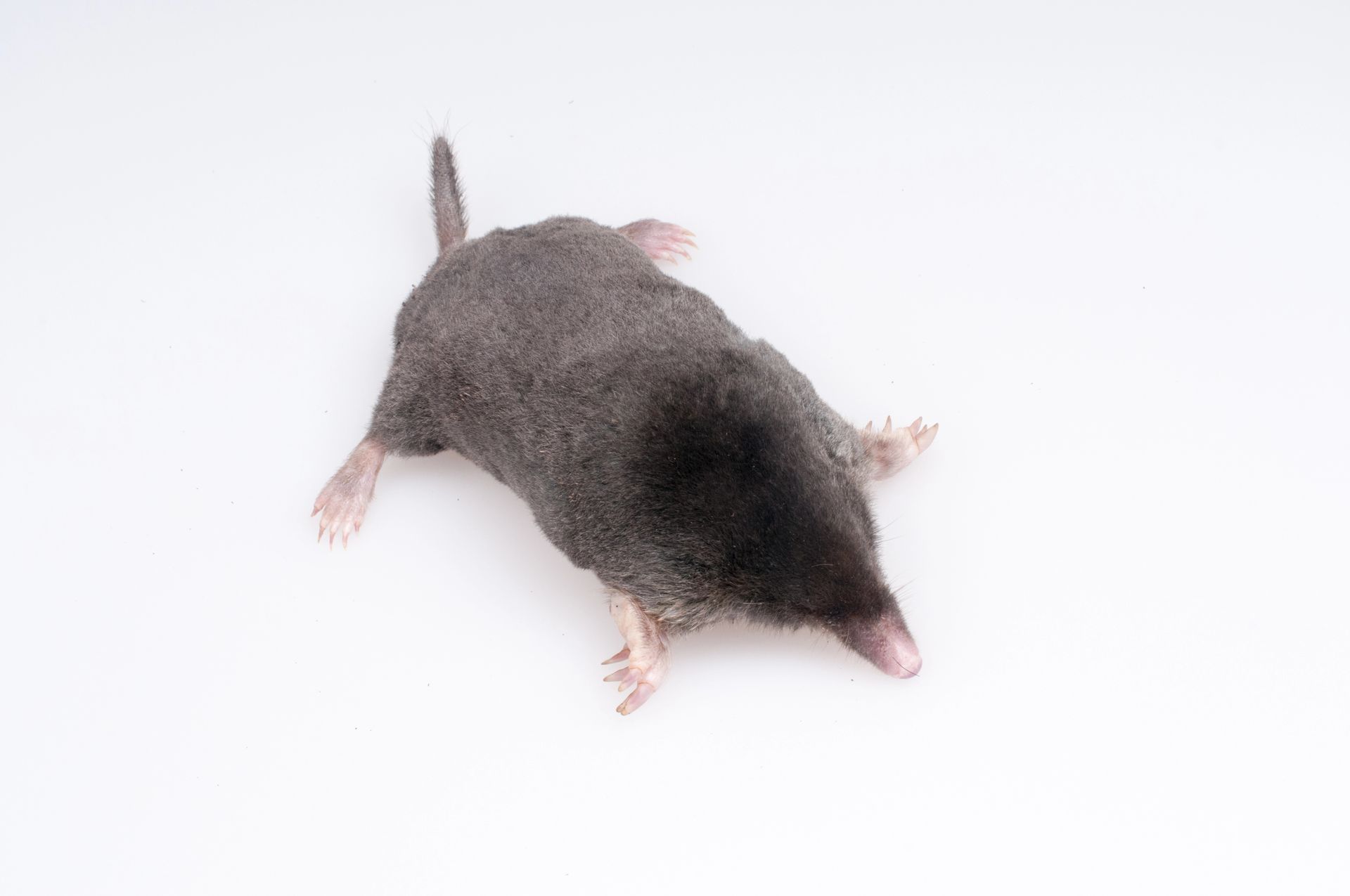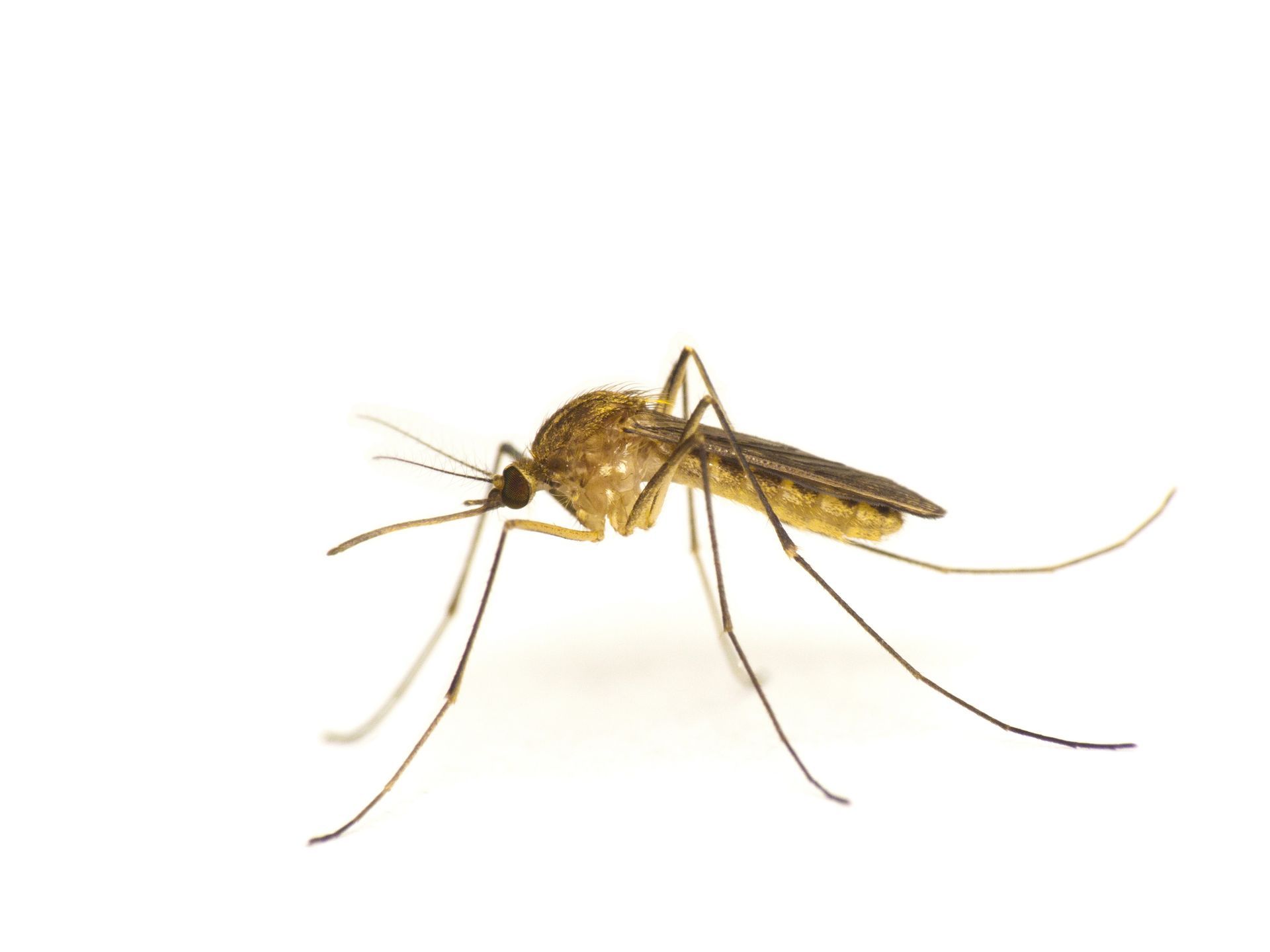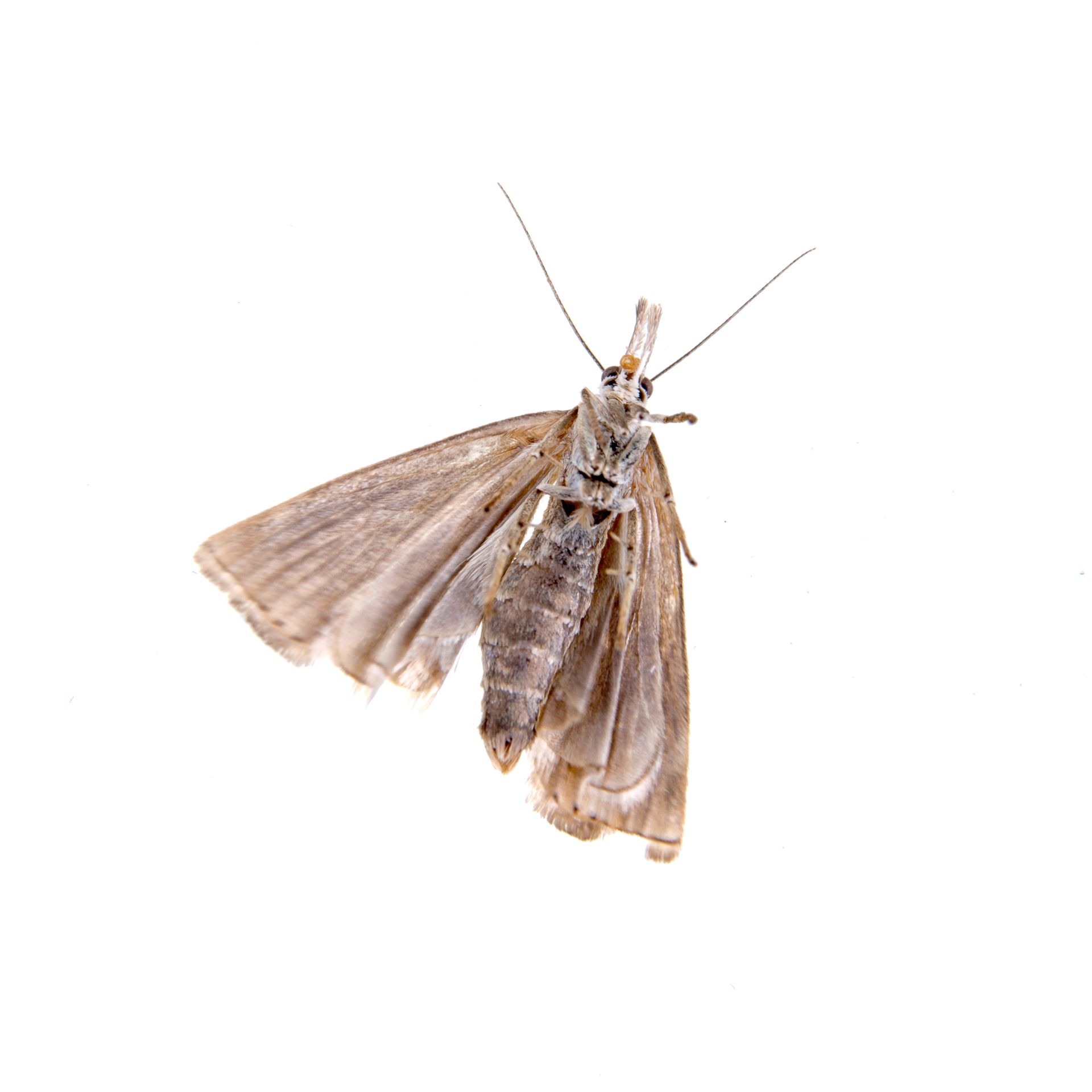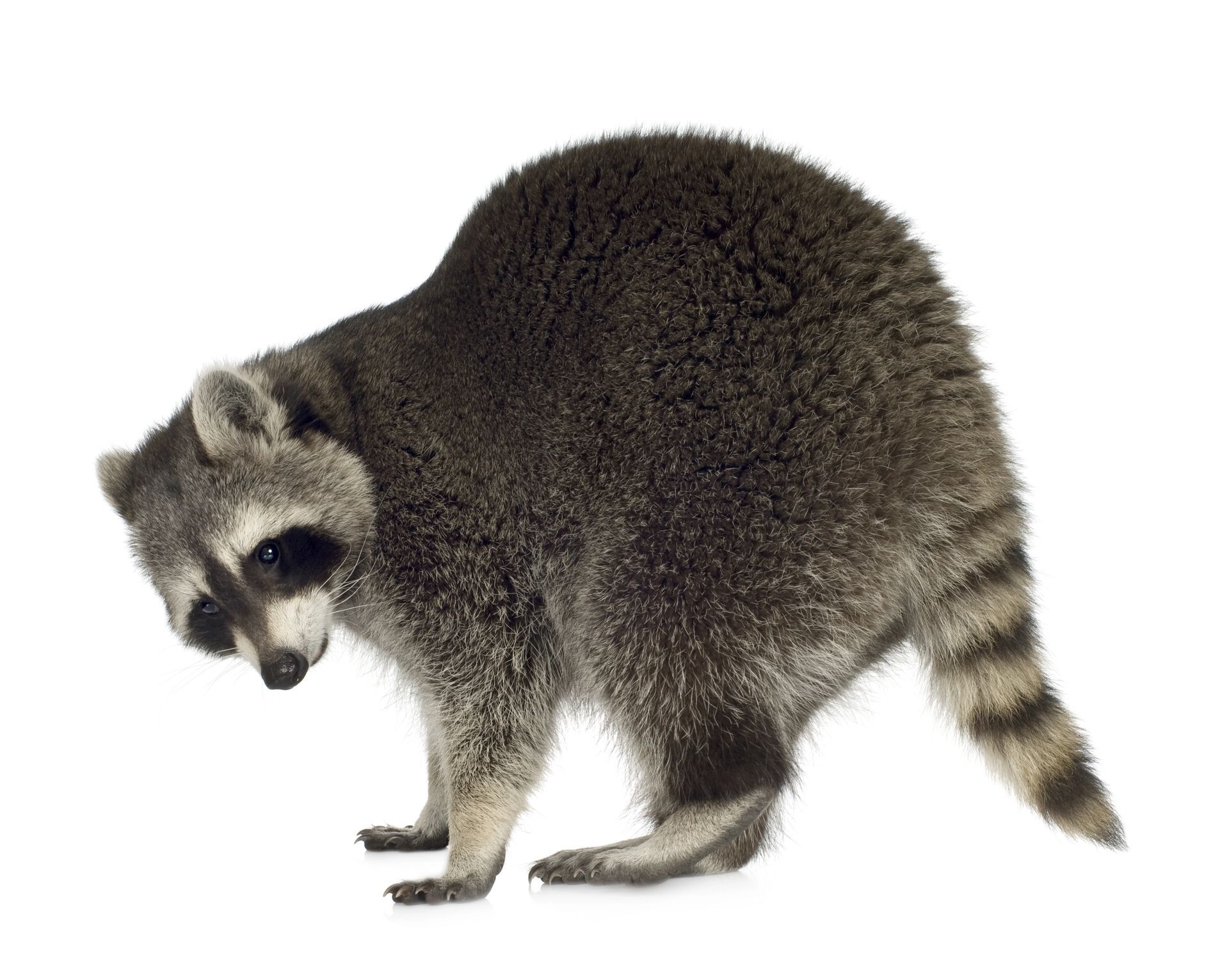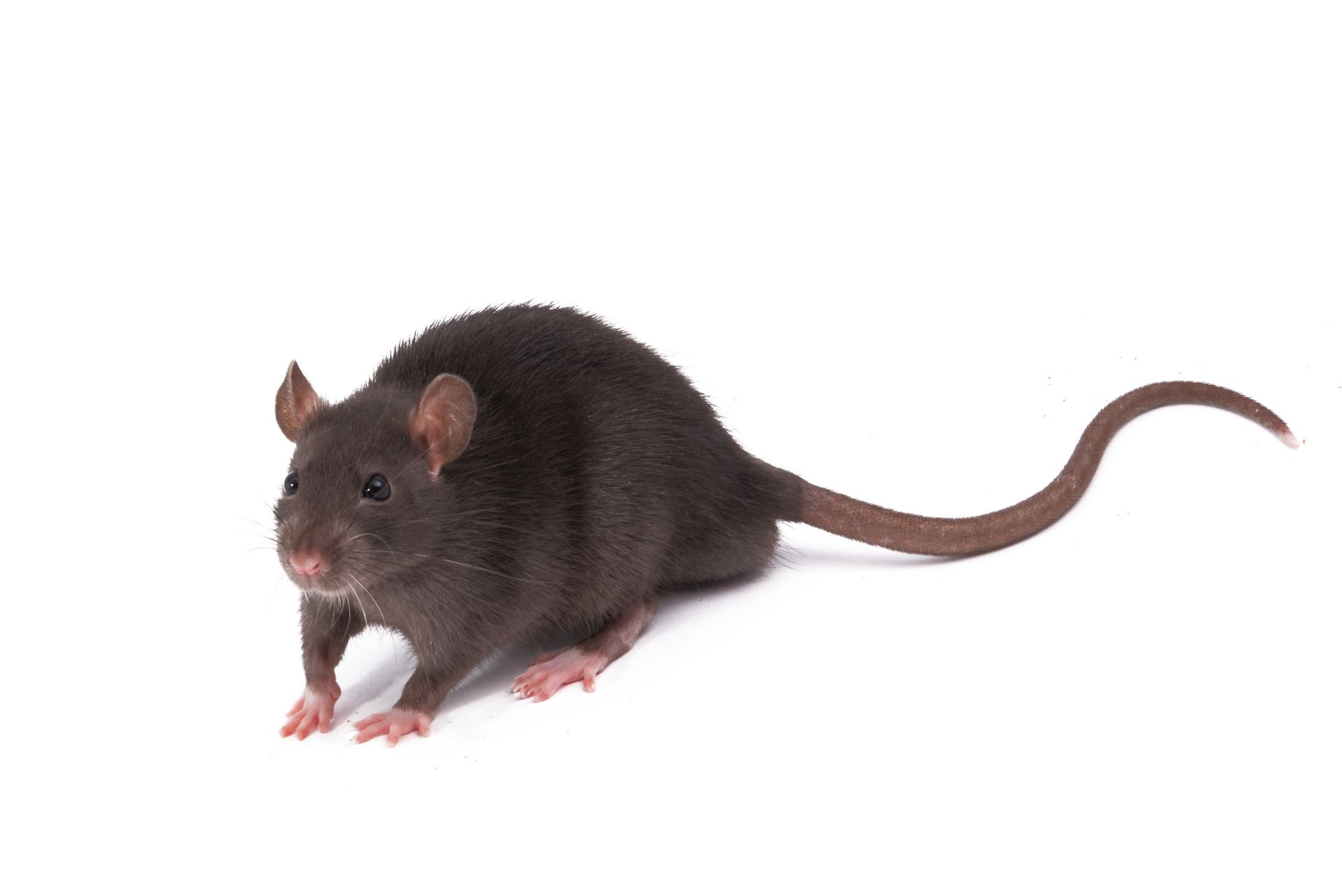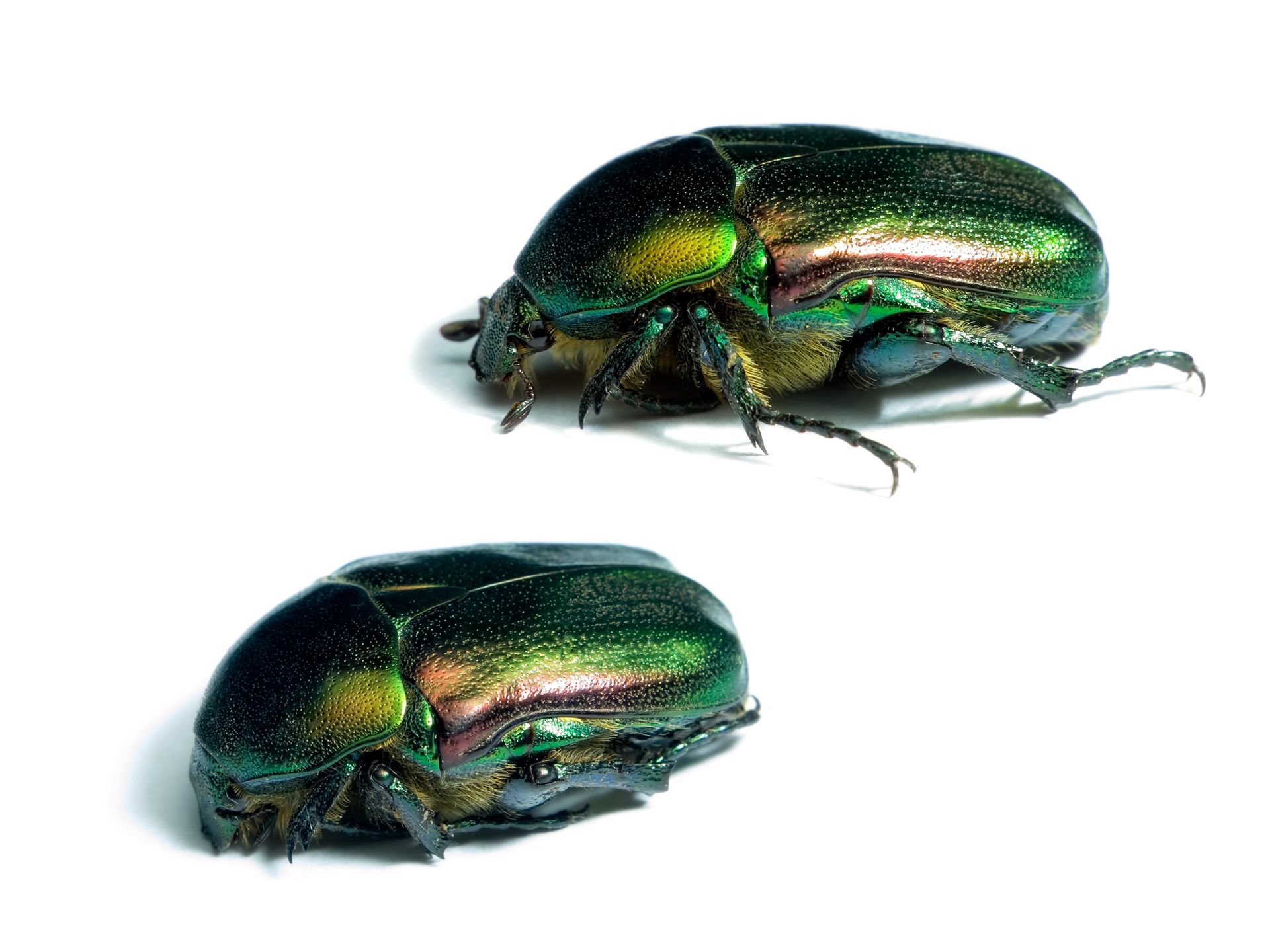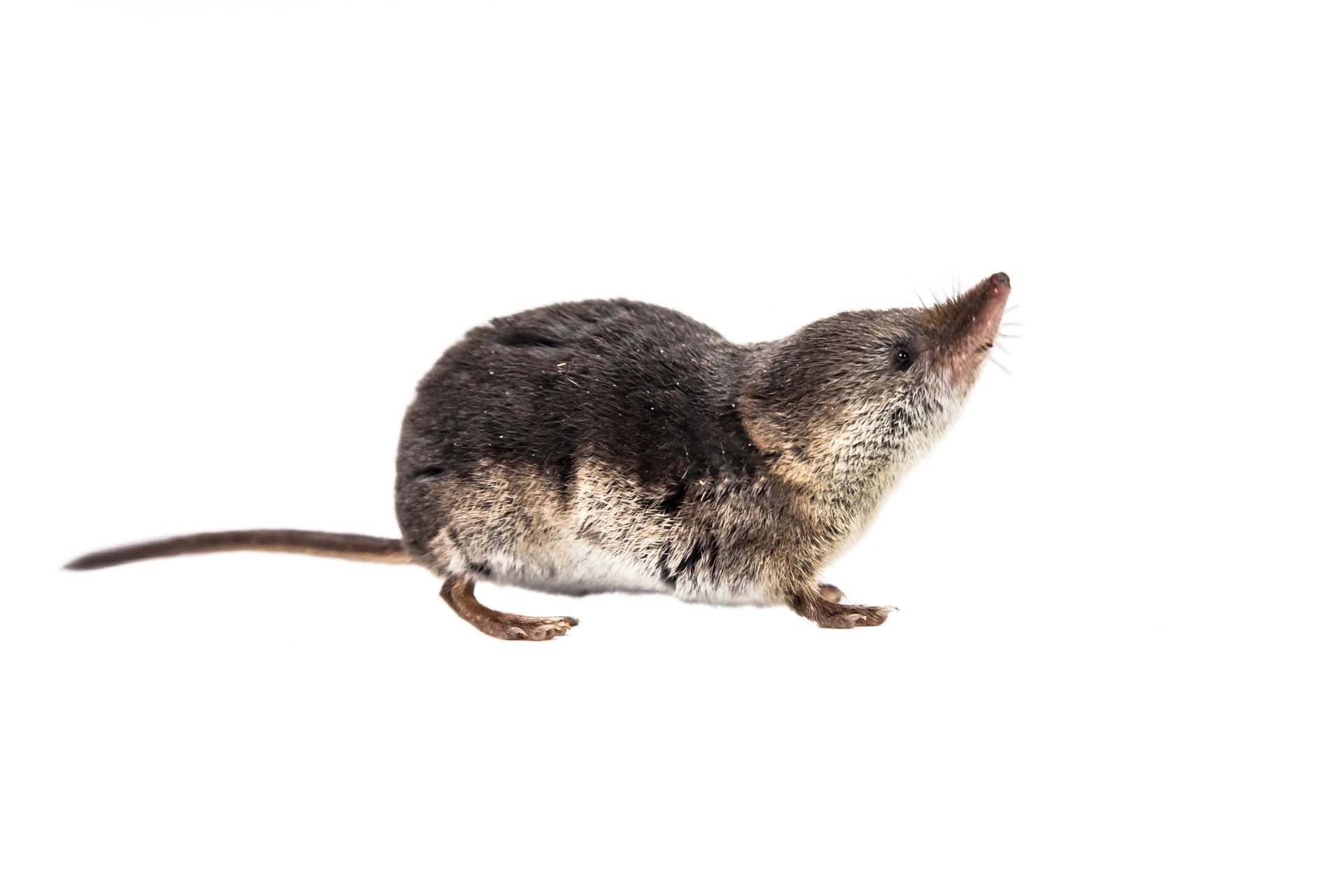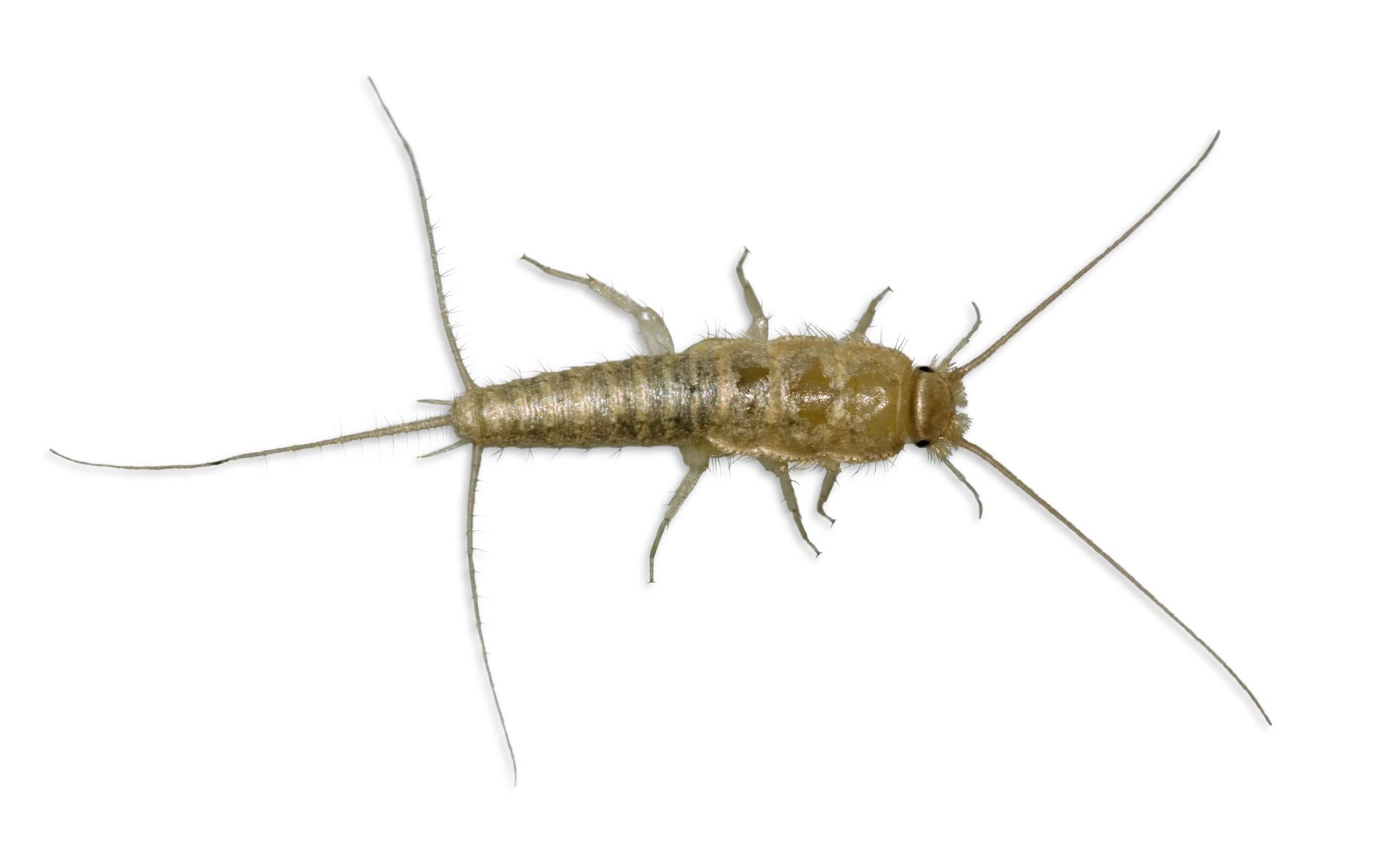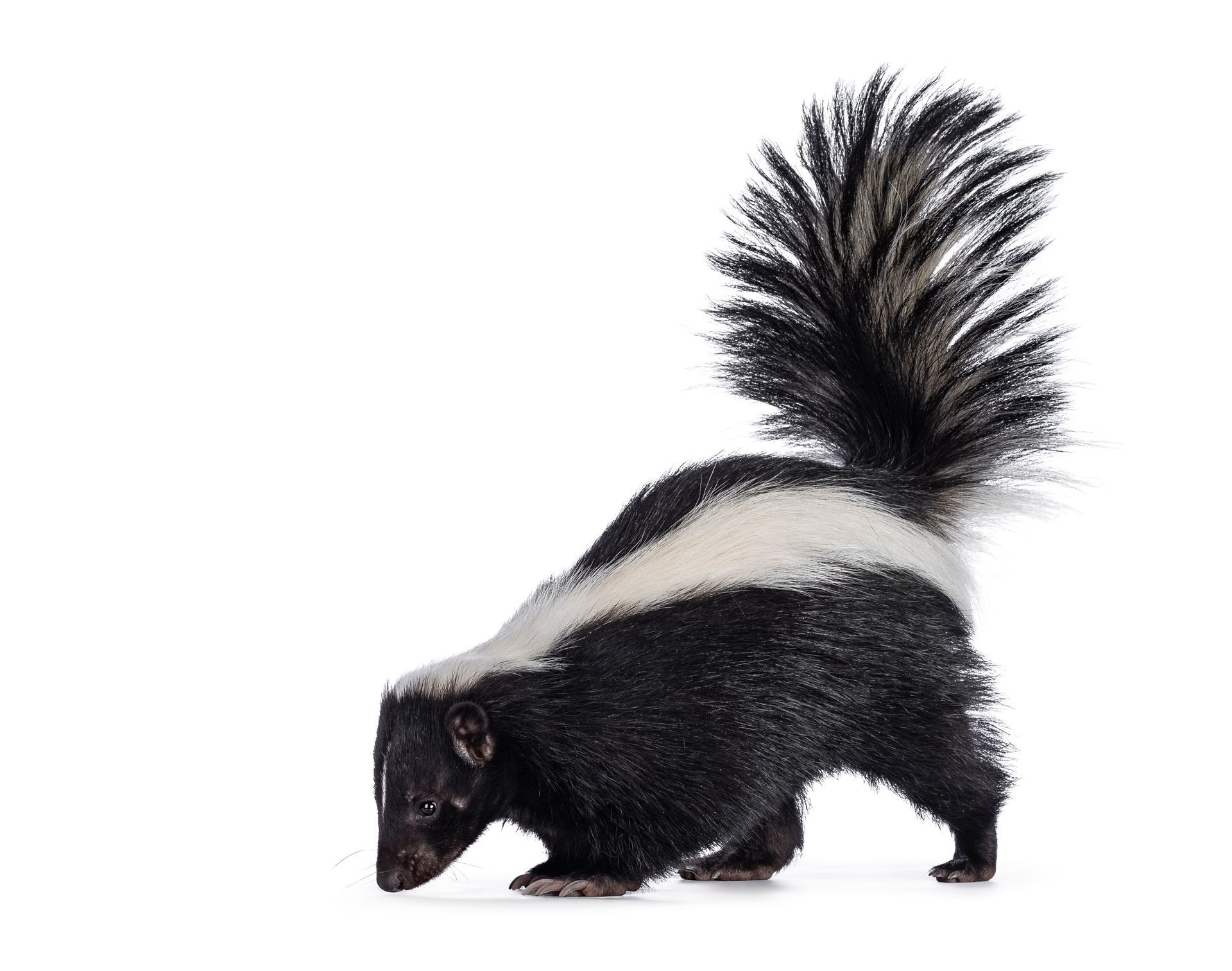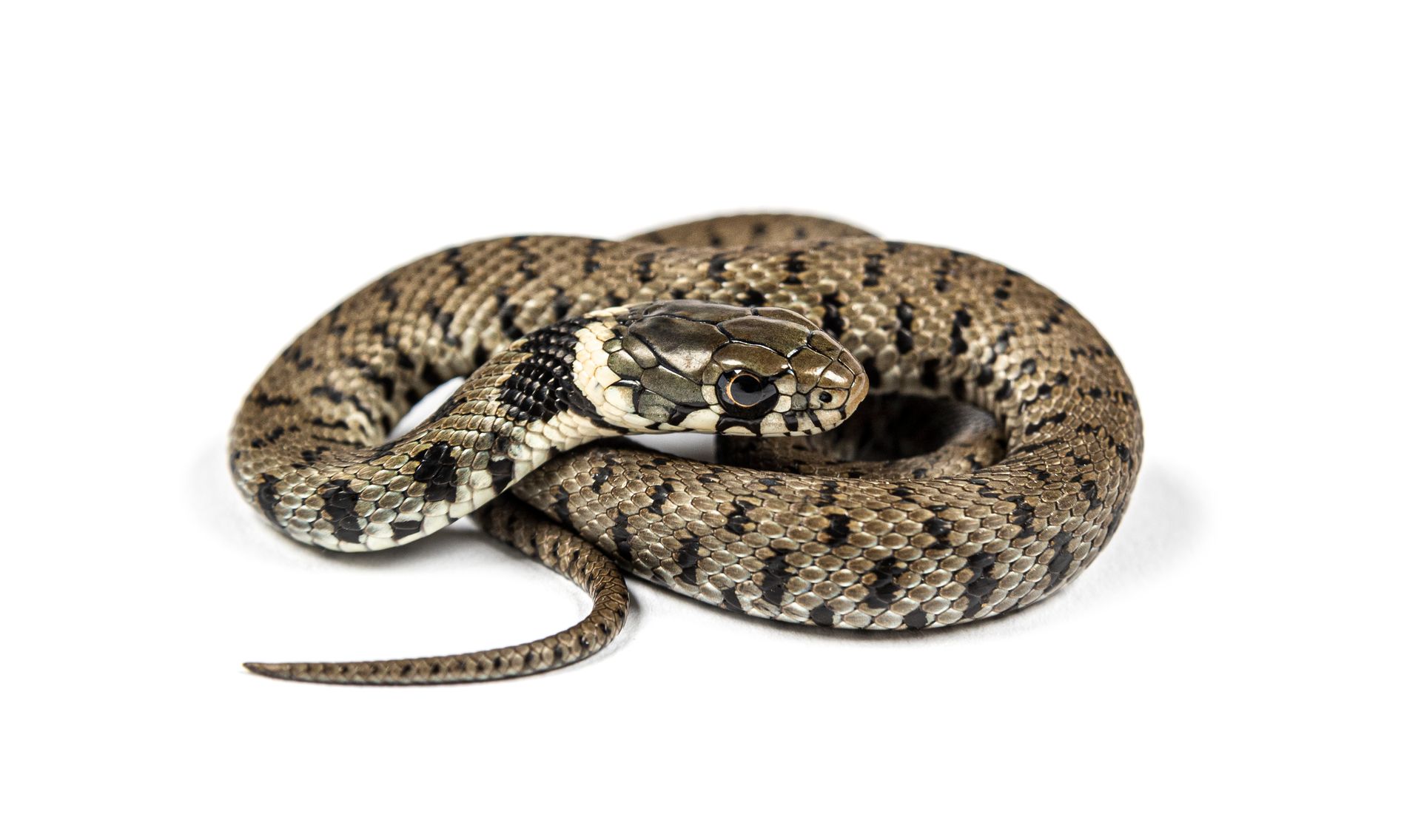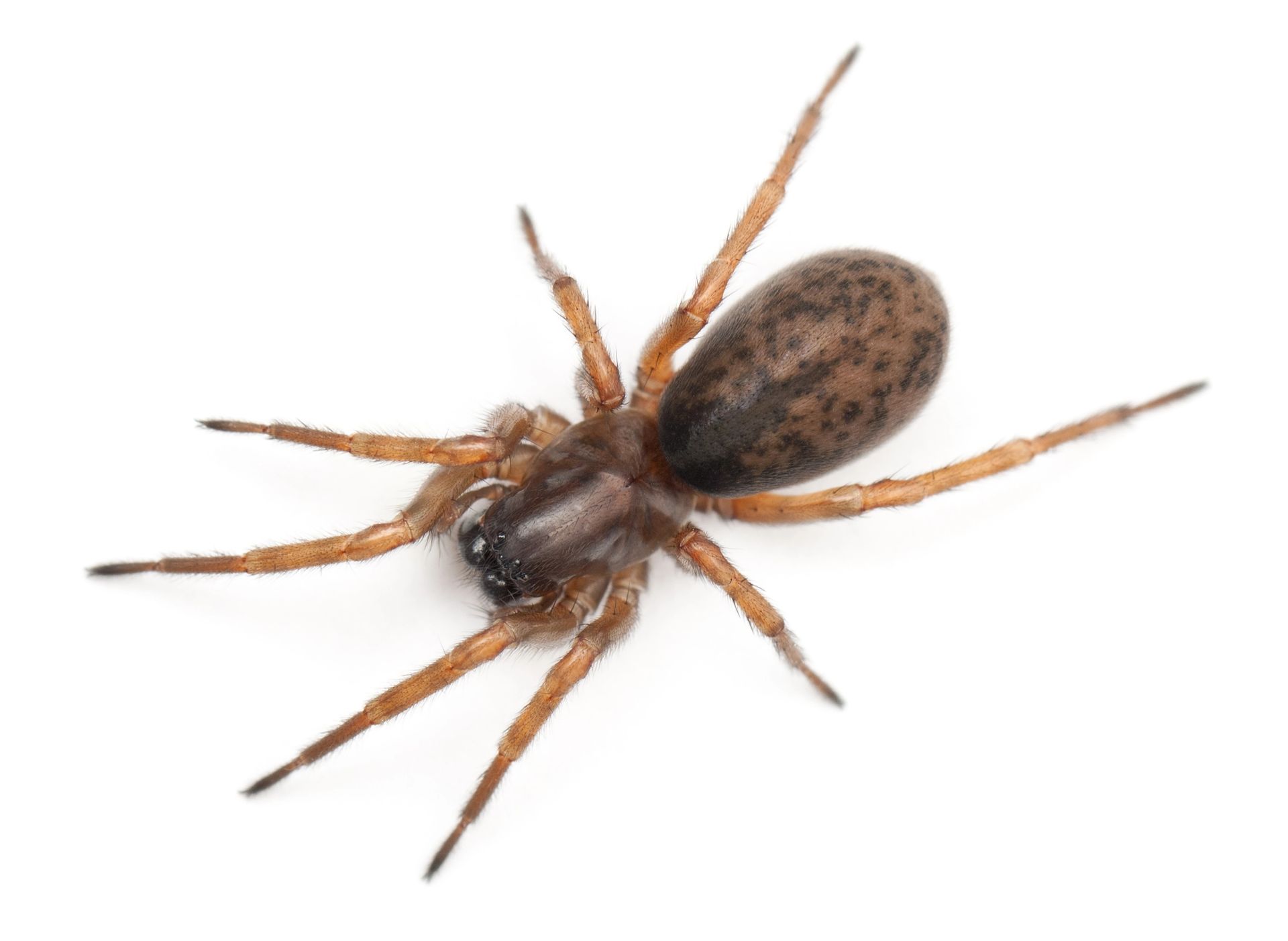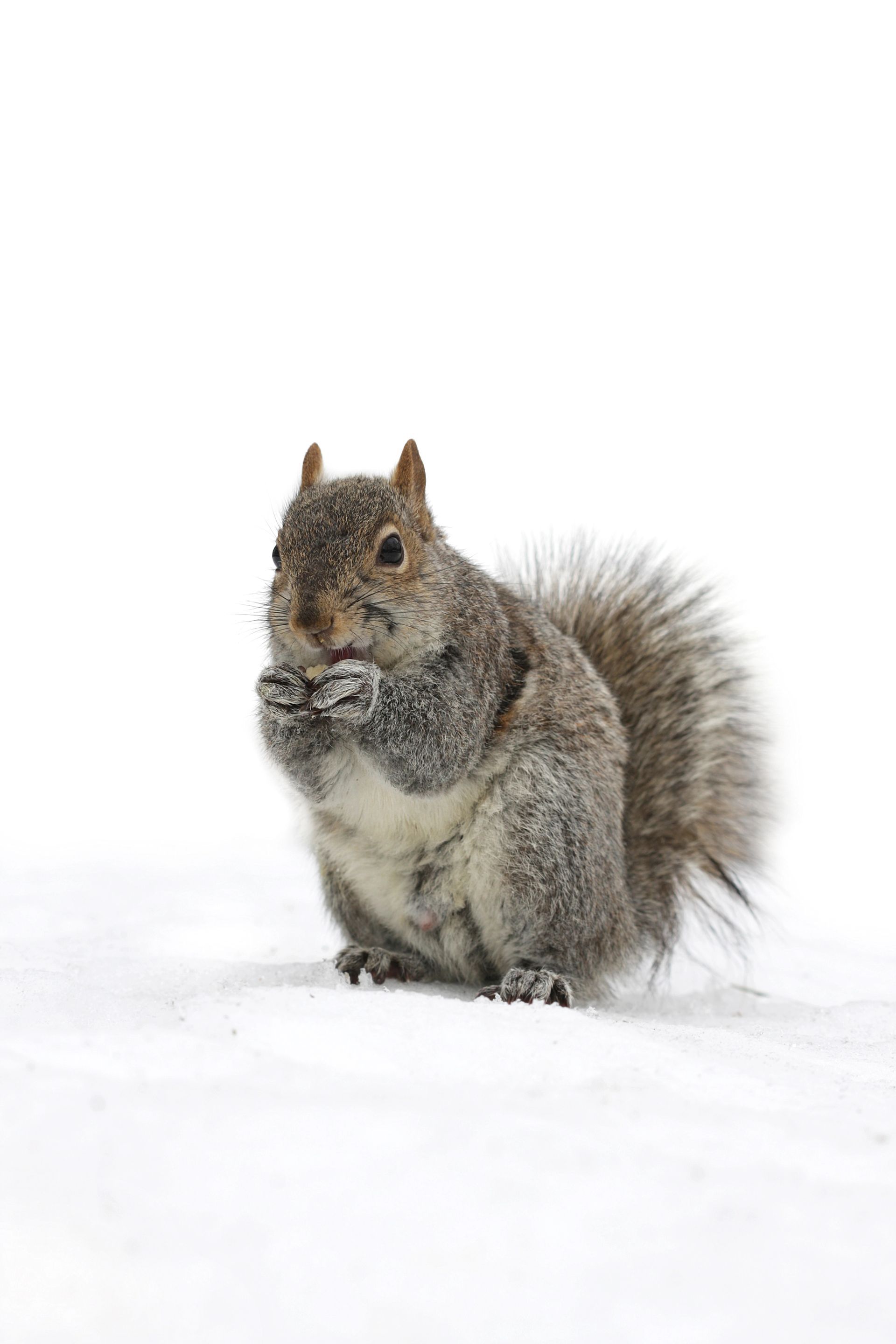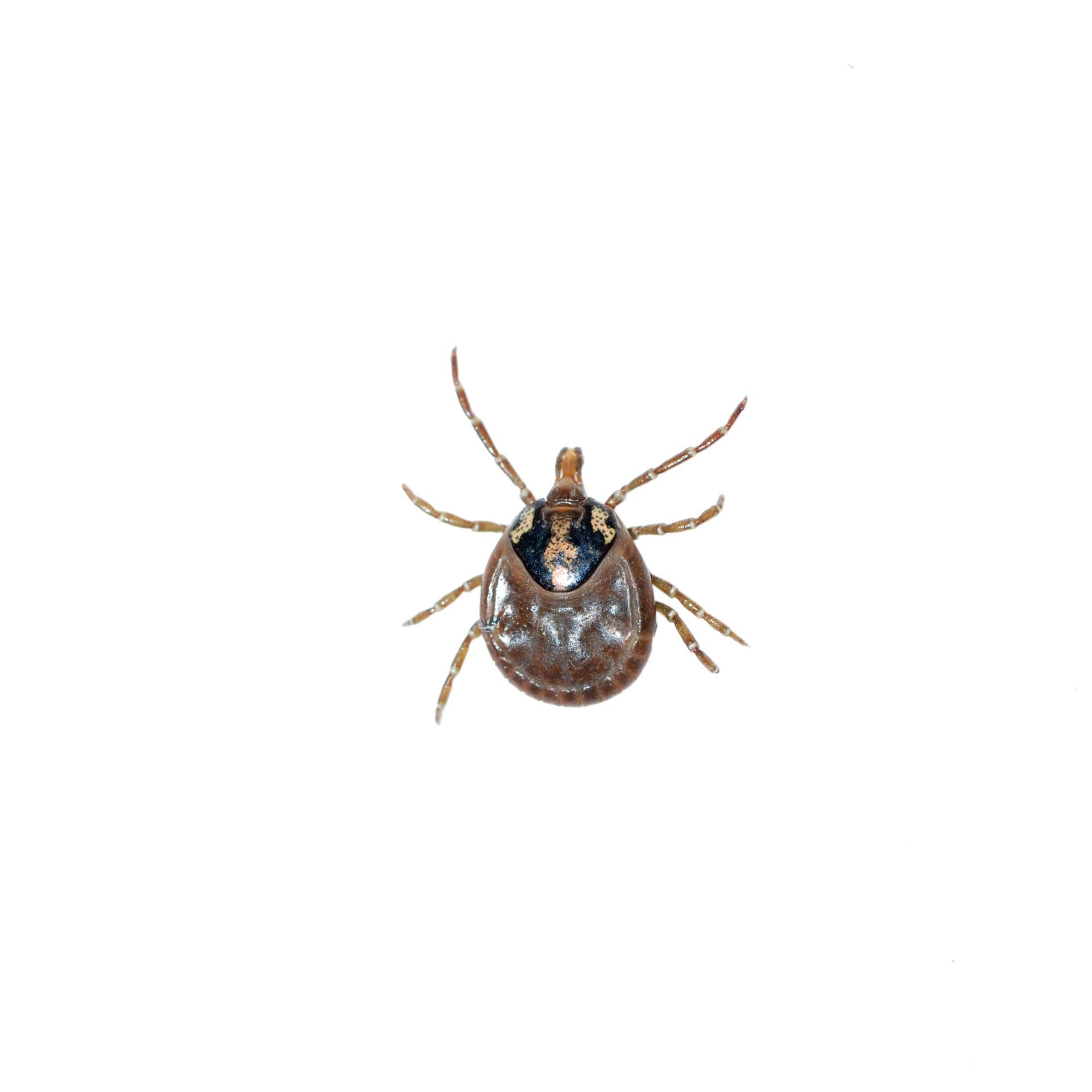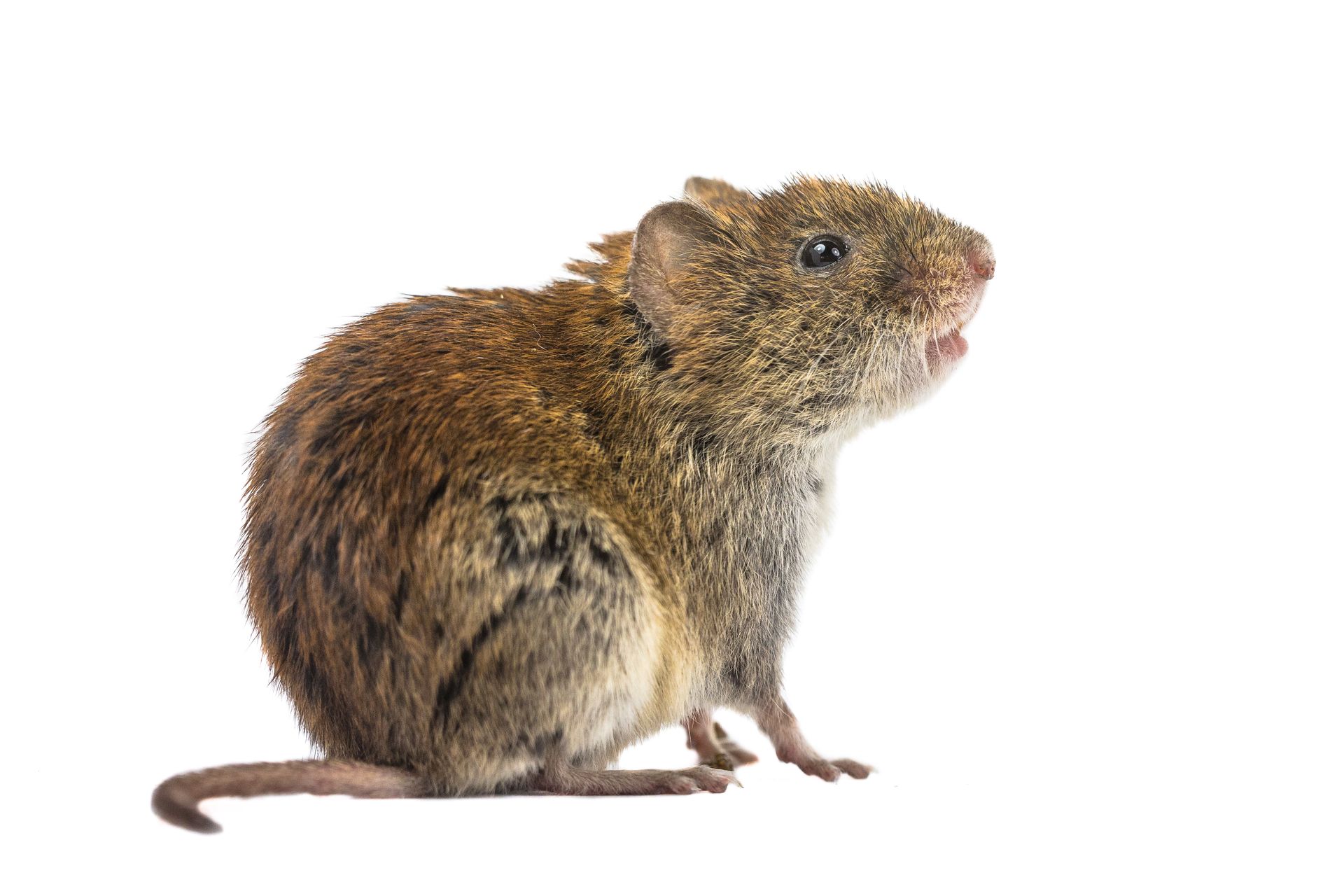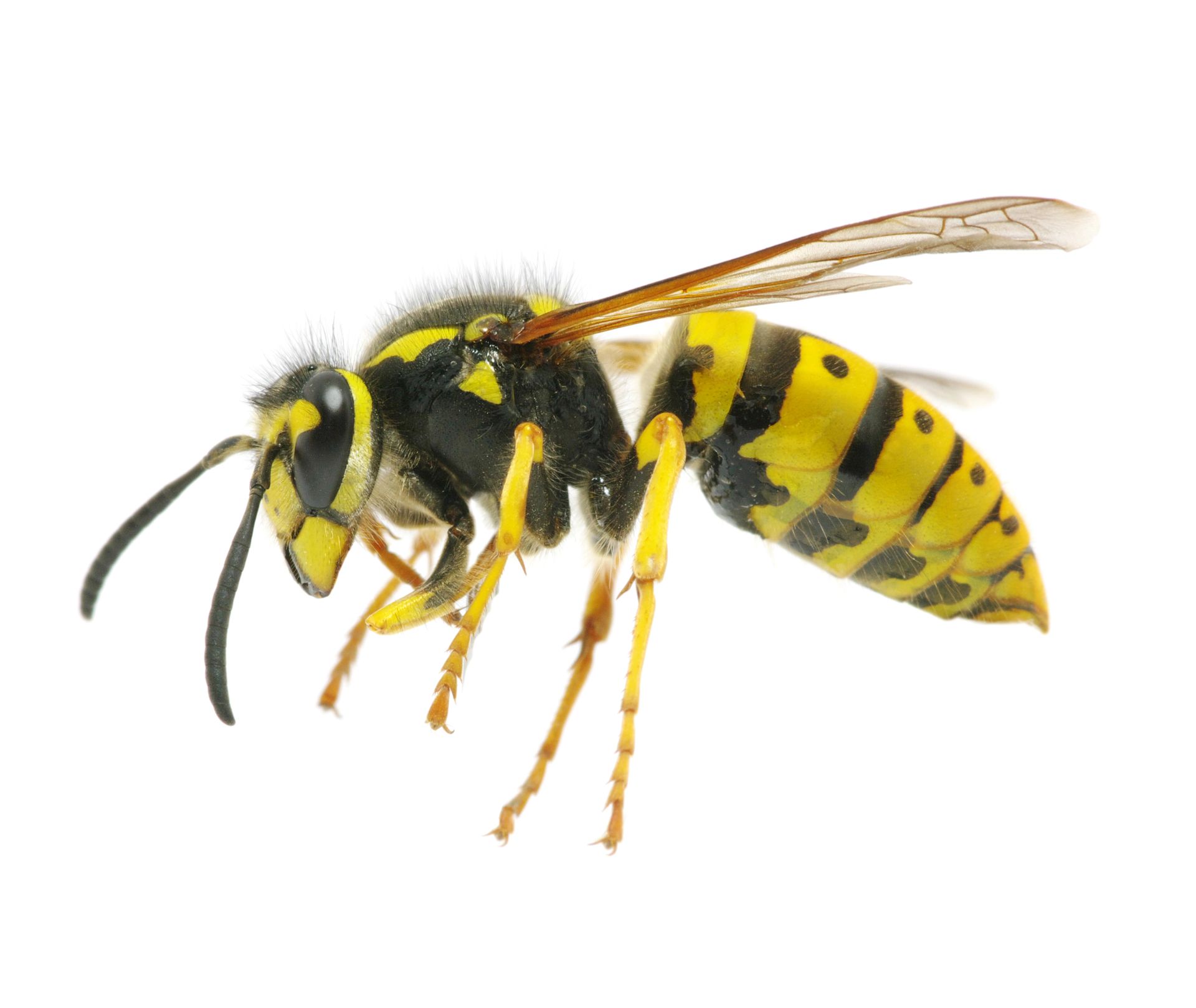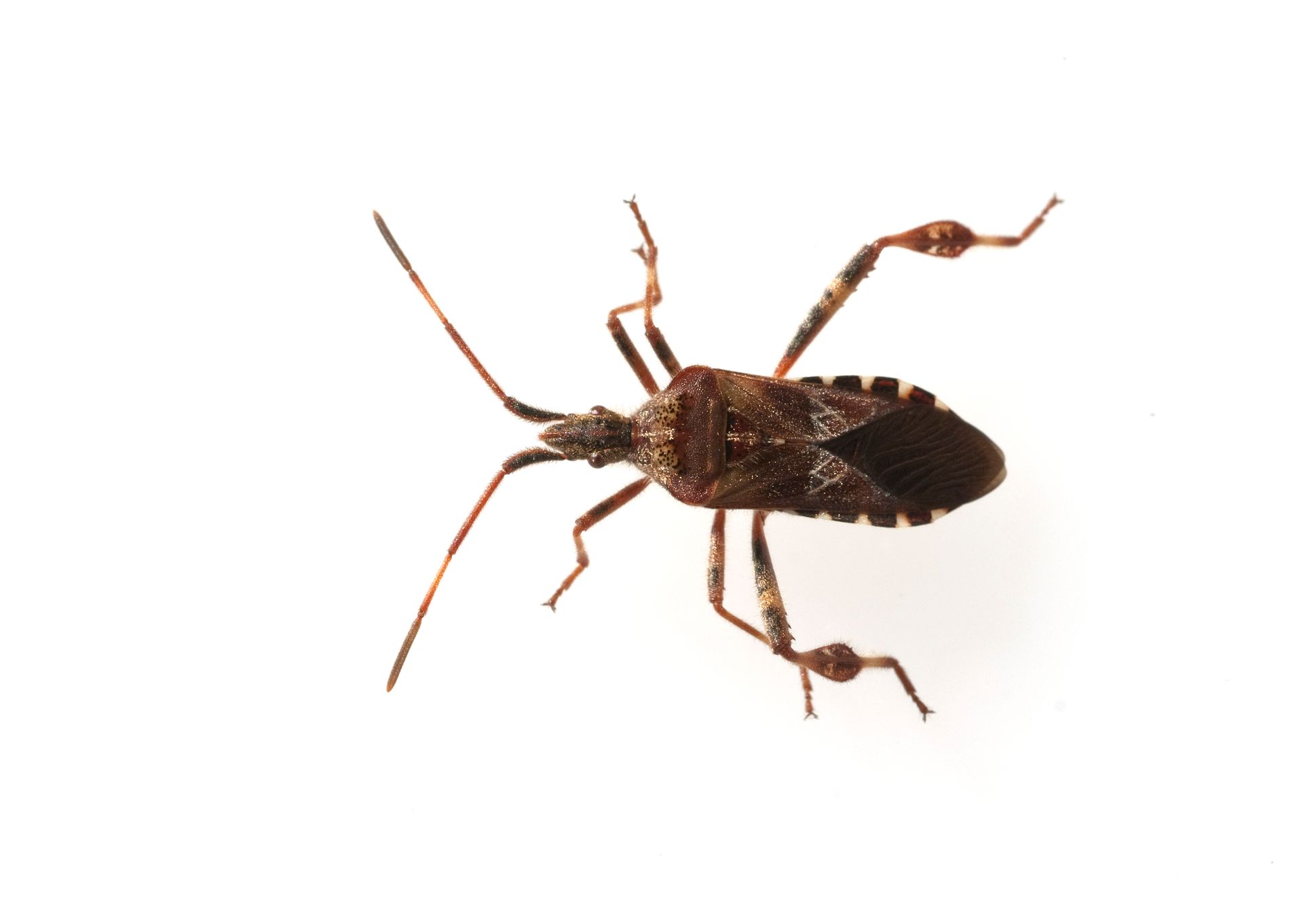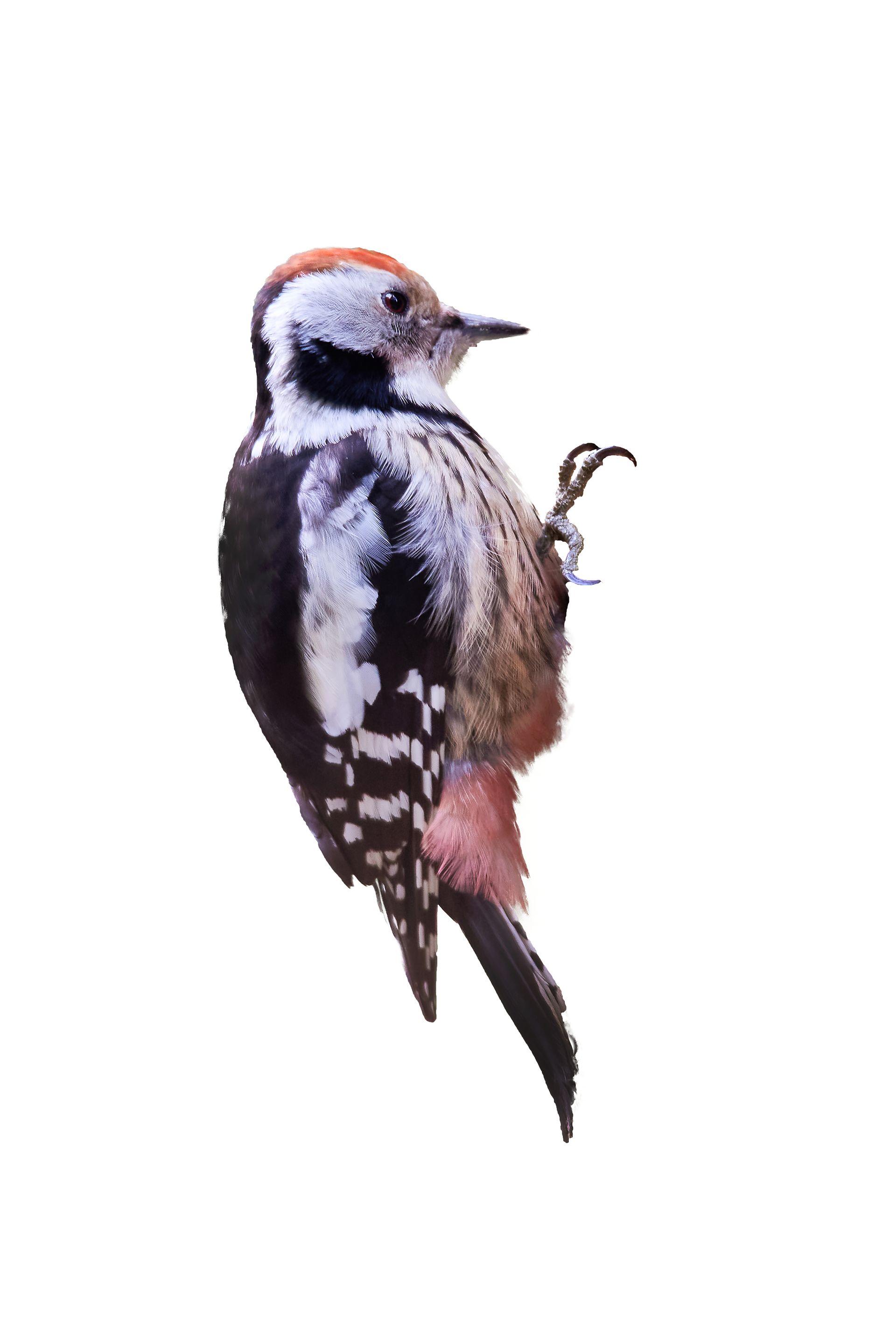Understanding Rose Chafers in Wisconsin
Rose chafers (Macrodactylus subspinosus) are common pests in Wisconsin, particularly during late spring and early summer. These beetles are known for their voracious appetites and can cause significant damage to plants. While they are primarily outdoor pests, their presence can indirectly affect homes and buildings. Understanding where rose chafers are typically found, what attracts them, and why they are unsuitable for homes and buildings is essential for effective management and prevention.
Characteristics and Habitats of Rose Chafers
Rose chafers are recognized by their:
Size: About 1/3 inch long.
Color: Light tan to brown with long, spiny legs.
Appearance: They have a slender, oval body and are covered with fine, short hairs.
Rose chafers are typically found in:
Outdoors:
Gardens and Yards: They are most commonly found on a variety of plants, including roses, grapes, and various trees and shrubs, where they feed on leaves, flowers, and fruits.
Agricultural Fields: Rose chafers can cause significant damage to crops, particularly grapevines, strawberries, and other fruit-bearing plants.
Sandy Soils: These beetles prefer sandy soils, which are ideal for laying eggs. They are often found in areas with sandy or light, well-drained soils.
Indoors (Rarely):
Accidental Entry: Rose chafers do not typically infest homes or buildings intentionally. However, they may enter accidentally through open windows, doors, or other gaps.
Attractions to Homes and Buildings
Rose chafers are not usually attracted to homes and buildings themselves, but their presence can be influenced by factors around the property:
Proximity to Gardens and Crops: Homes with gardens, ornamental plants, or fruit-bearing trees and shrubs may see more rose chafers due to the abundance of food sources.
Light Attraction: Like many beetles, rose chafers can be attracted to lights at night, which might draw them closer to buildings.
Why Rose Chafers Are Not Suitable for Homes and Buildings
While rose chafers do not pose a direct threat to the structural integrity of homes or buildings, their presence is undesirable for several reasons:
Plant Damage:
Feeding Habits: Rose chafers feed on the foliage, flowers, and fruits of many plants, causing significant damage to gardens, landscapes, and crops. This can lead to reduced yields and aesthetic damage to ornamental plants.
Larval Damage: The larvae, which live in the soil, feed on the roots of grasses and other plants, potentially causing further damage to lawns and gardens.
Nuisance:
Swarming Behavior: During their peak activity period, rose chafers can swarm in large numbers, creating a nuisance for homeowners and gardeners.
Accidental Entry: While rare, rose chafers can enter homes accidentally, causing temporary inconvenience.
Indirect Impact:
Increased Pesticide Use: The presence of rose chafers can lead to increased use of pesticides in gardens and landscapes, which can have environmental and health implications.
Prevention and Control
To prevent and control rose chafer infestations, consider the following strategies:
Garden Management:
Handpicking: Regularly inspect plants and handpick rose chafers, dropping them into soapy water to reduce their numbers.
Protective Covers: Use row covers or mesh to protect vulnerable plants from rose chafers during their active period.
Trap Crops: Plant trap crops to lure rose chafers away from more valuable plants. These trap crops can then be treated or removed to reduce the beetle population.
Chemical Control:
Insecticides: Apply insecticides labeled for rose chafer control, following all safety and application guidelines. This can help manage large infestations effectively.
Soil Management:
Cultural Practices: Improve soil health and structure to make it less attractive for egg-laying by rose chafers. Aeration and organic matter addition can help.
Biological Control: Introduce beneficial nematodes that target rose chafer larvae in the soil to reduce their population.
Exclusion Techniques:
Seal Entry Points: Ensure that windows, doors, and other potential entry points are properly sealed to prevent accidental entry of rose chafers into homes.
Outdoor Lighting: Reduce outdoor lighting during peak activity periods to minimize attraction to buildings.
Professional Pest Control:
Inspection and Treatment: For severe infestations, contact a professional pest control service like BugBoss The X-Terminator for comprehensive rose chafer management. Professionals can provide targeted treatments and advice on prevention.
Ongoing Prevention: Regular follow-up treatments and inspections help ensure that rose chafers do not return.
Understanding the habits and risks associated with rose chafers in Wisconsin is crucial for protecting your property and maintaining healthy gardens and landscapes. If you suspect a rose chafer problem, taking swift action can prevent further issues and ensure a beautiful and productive outdoor space. Trust BugBoss The X-Terminator to provide expert advice and effective rose chafer control solutions tailored to your needs.
Local Pests & Wildlife in Wisconsin

